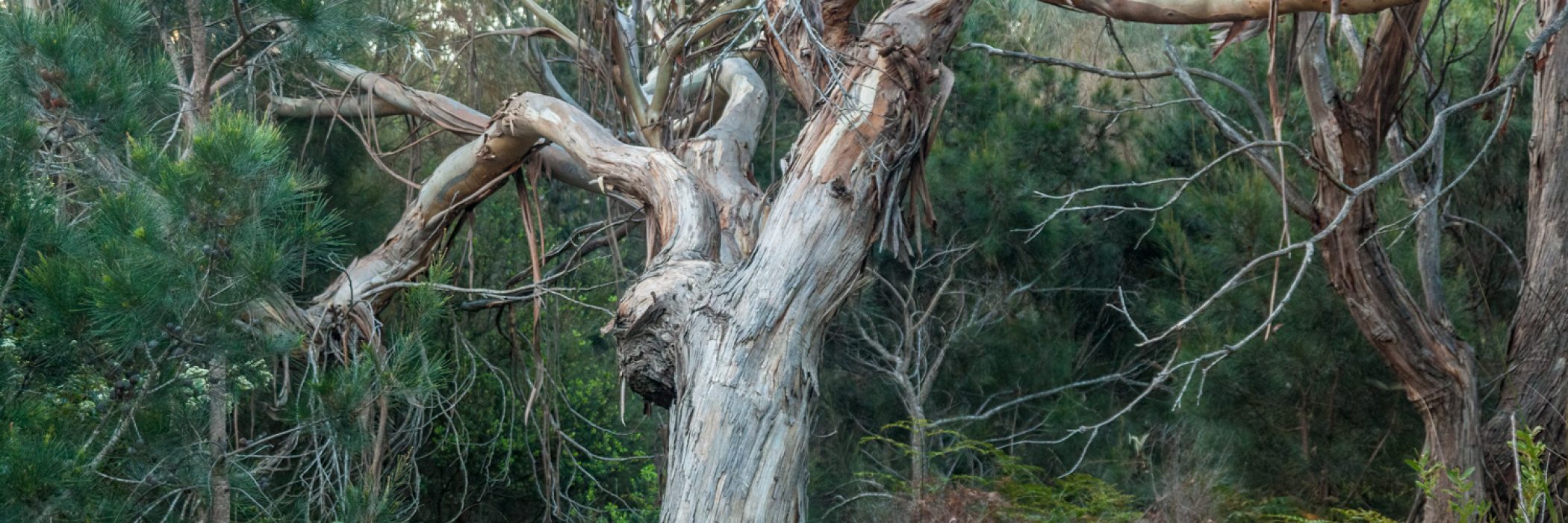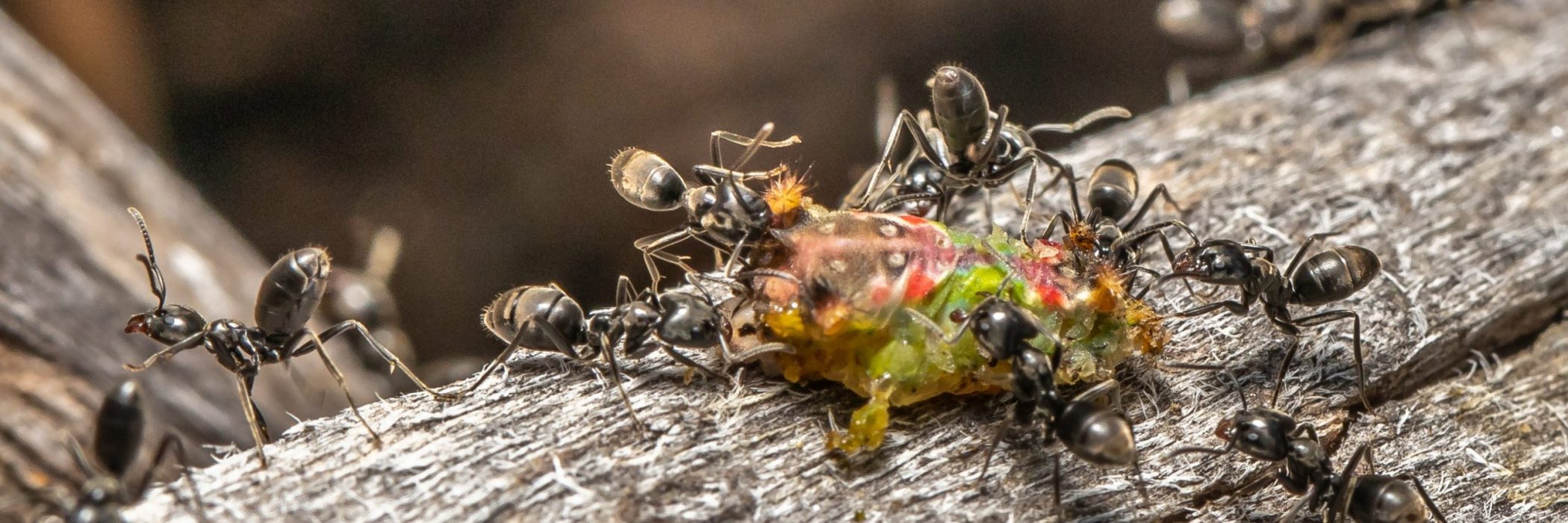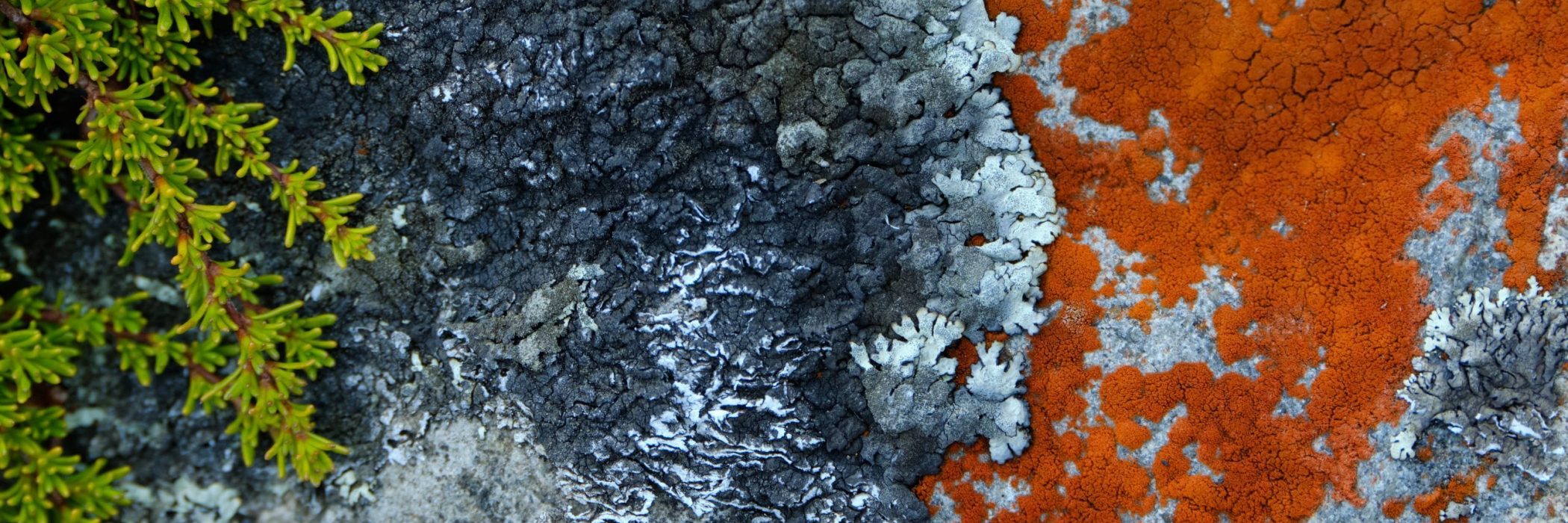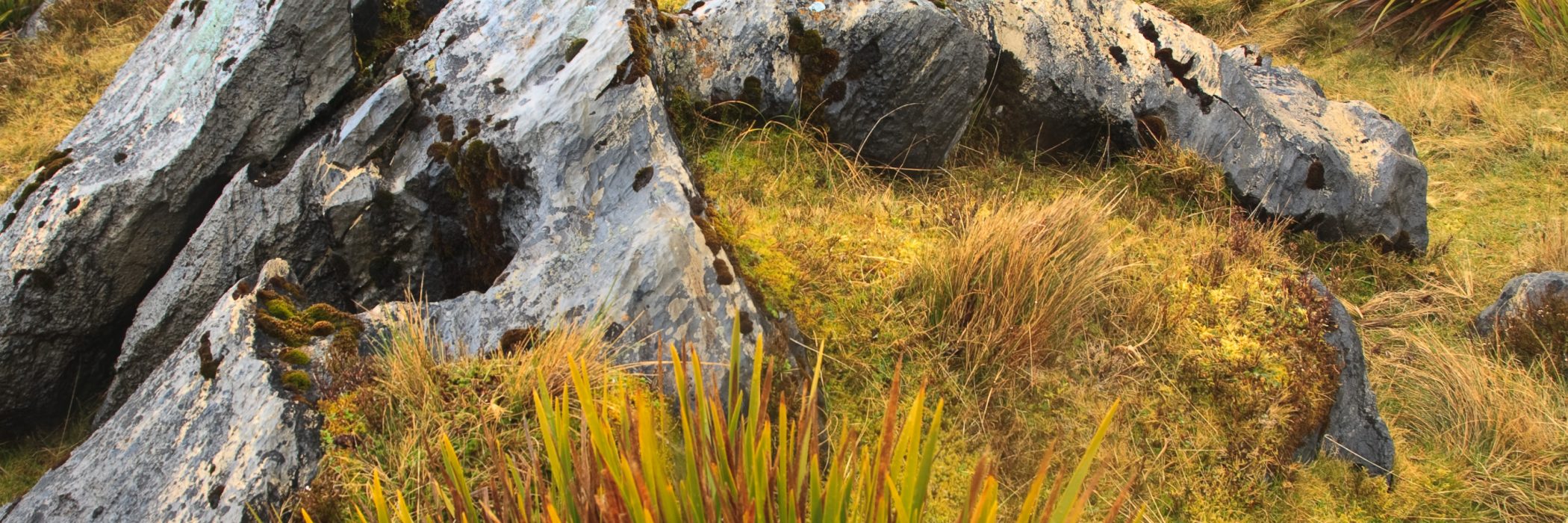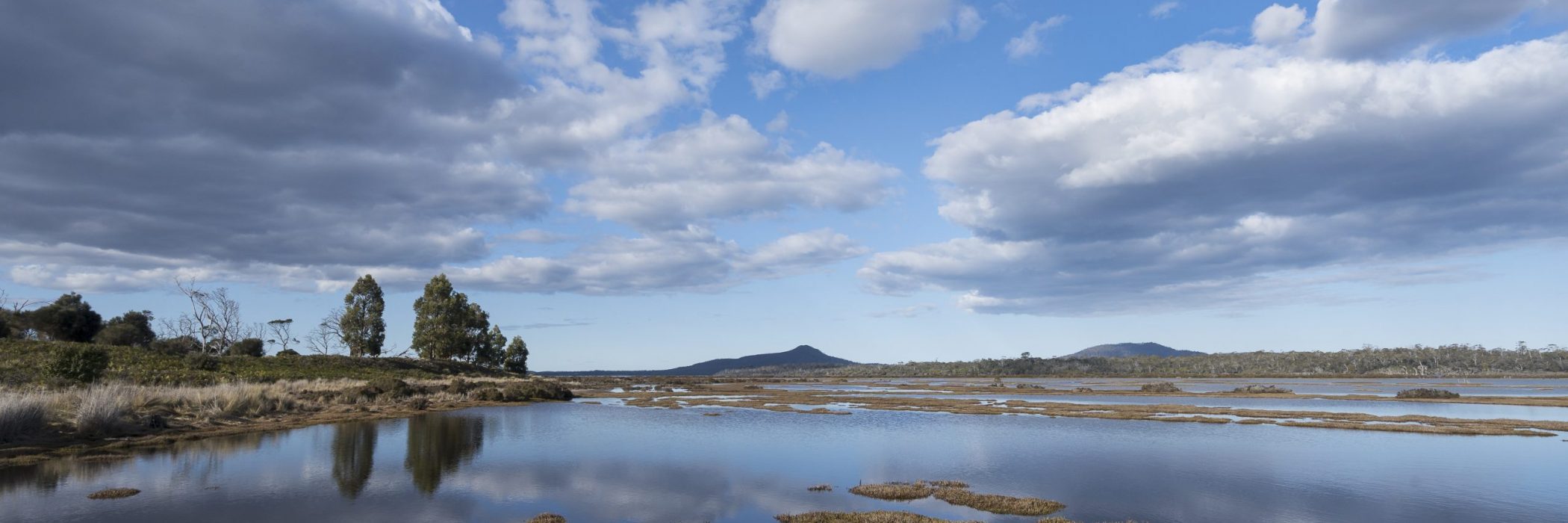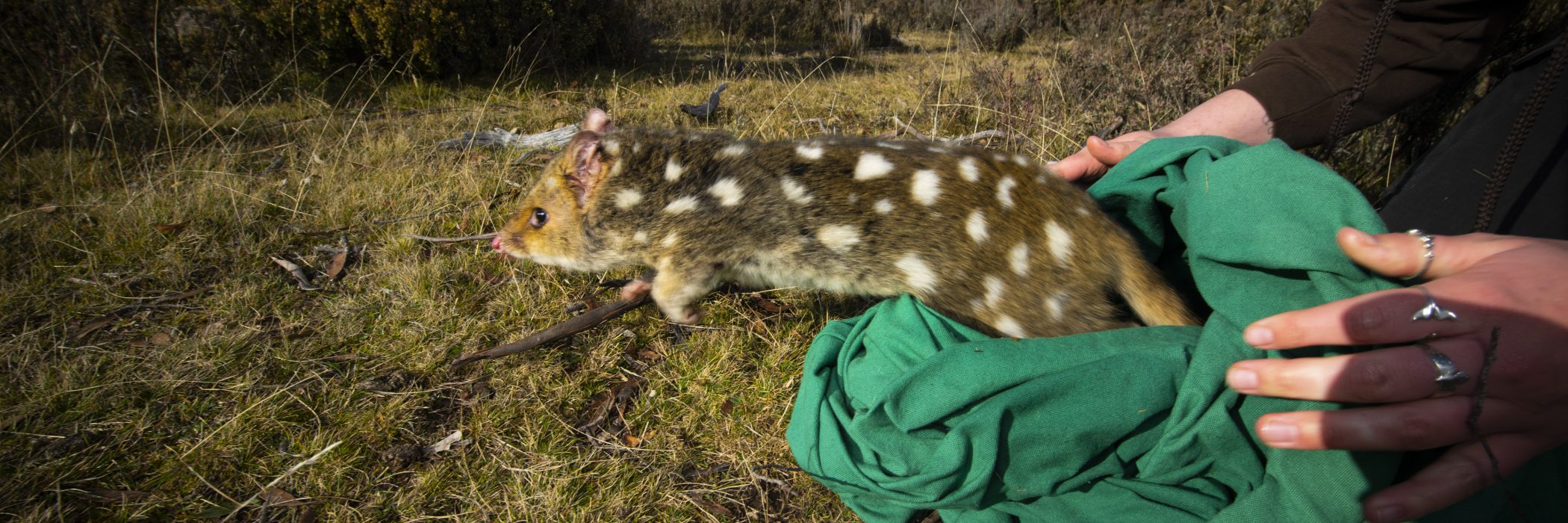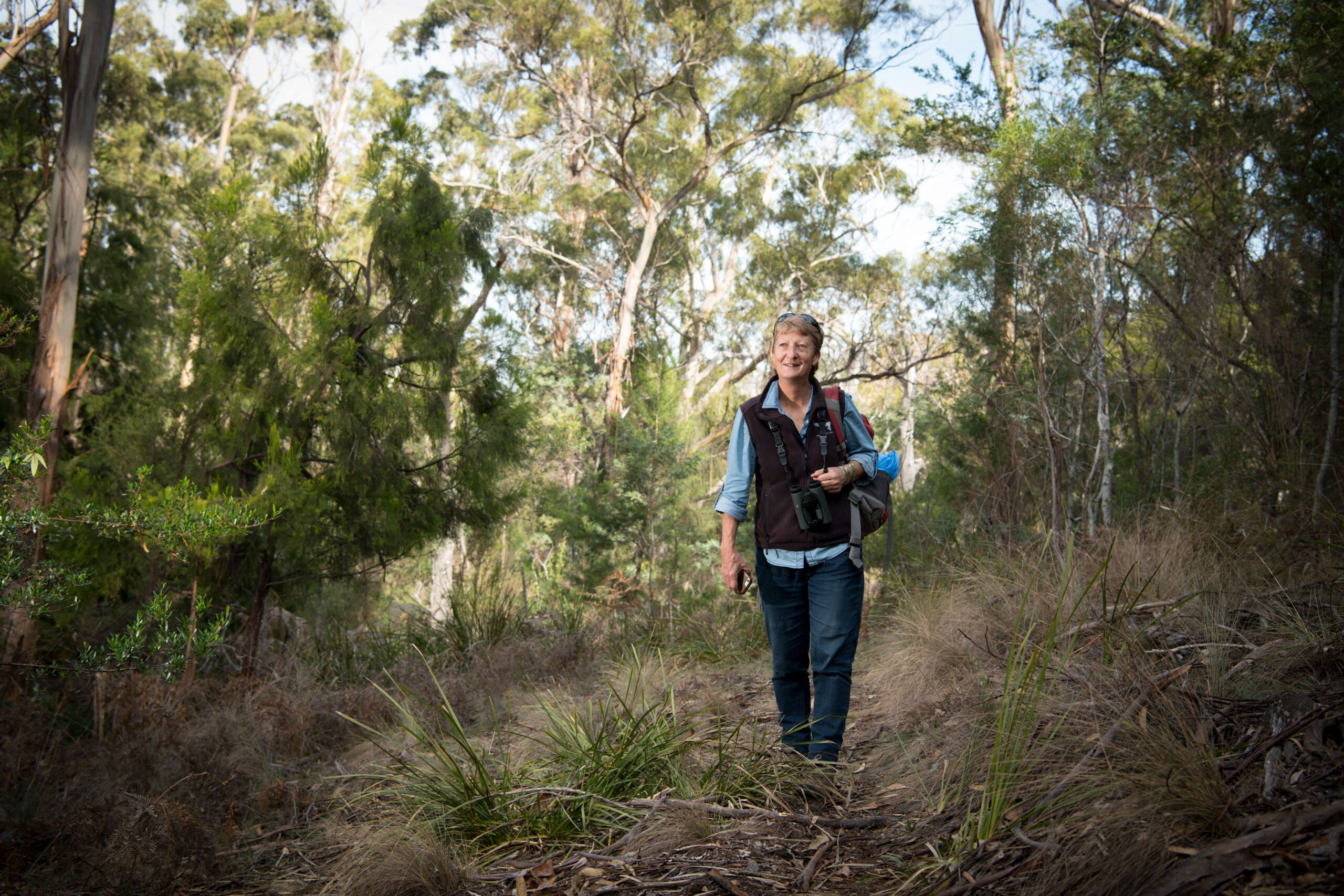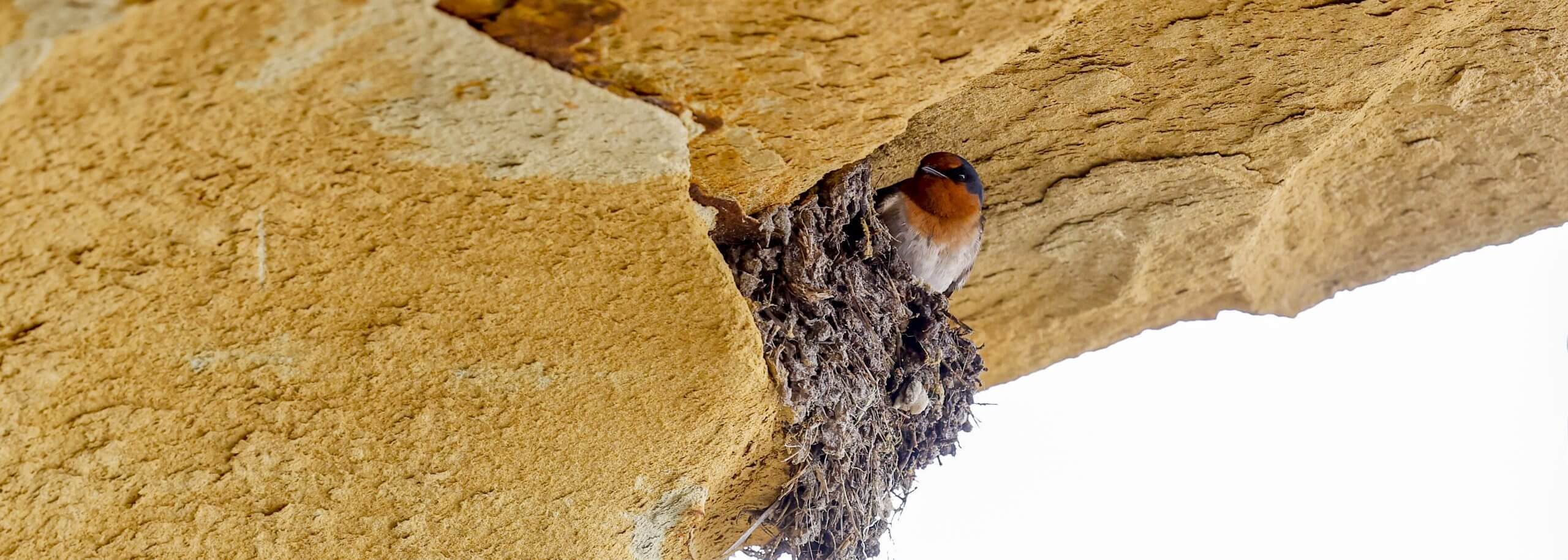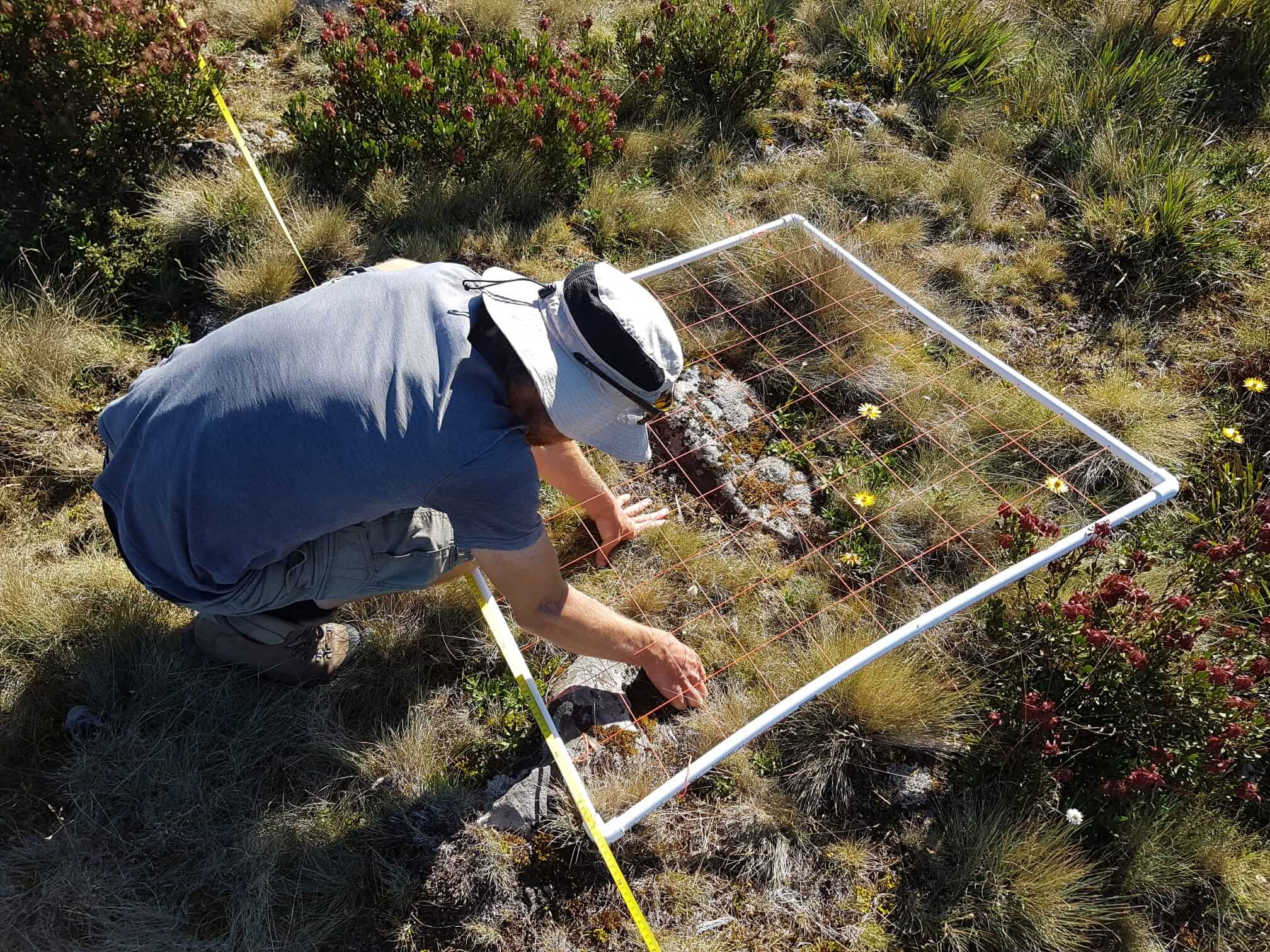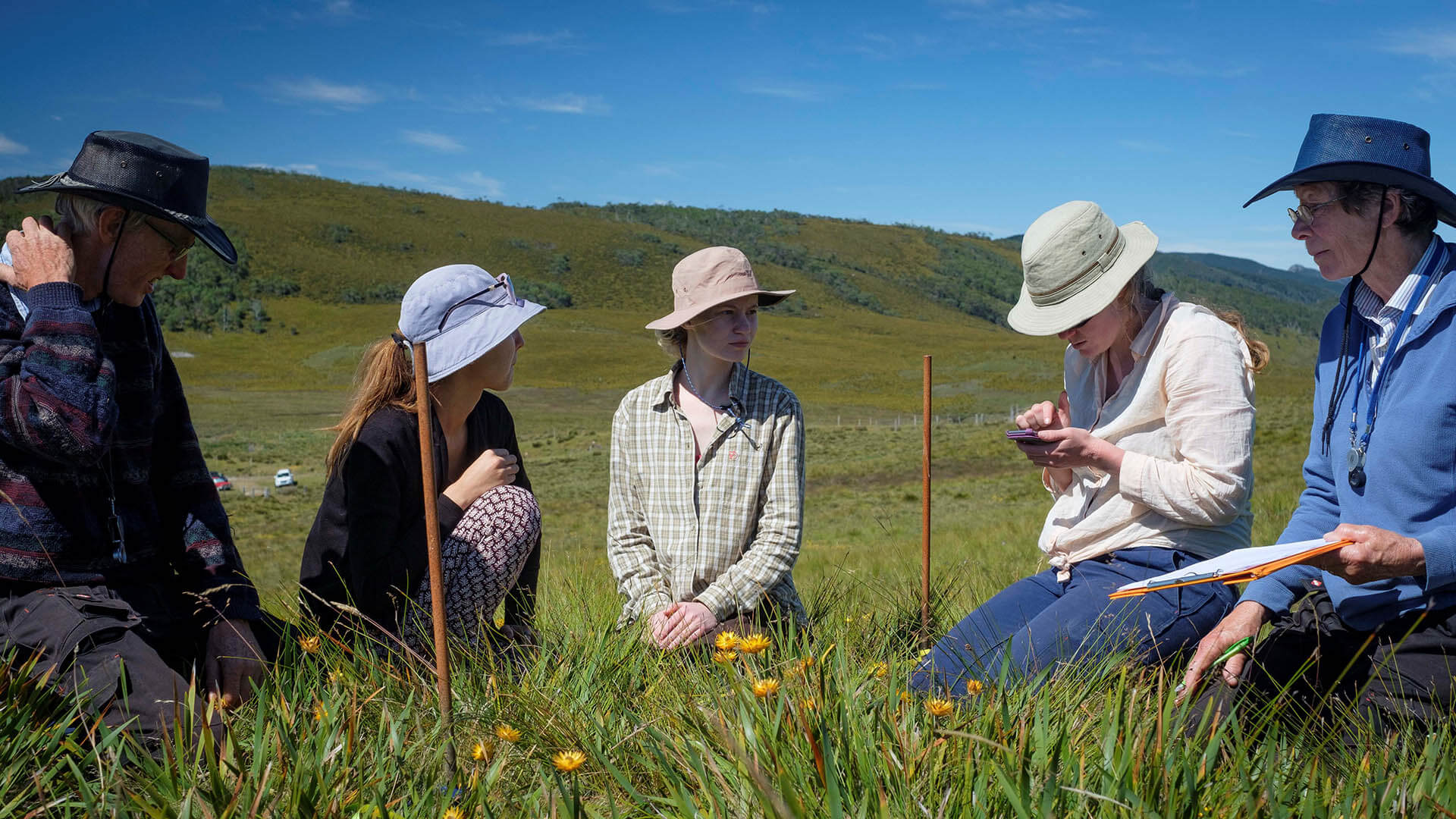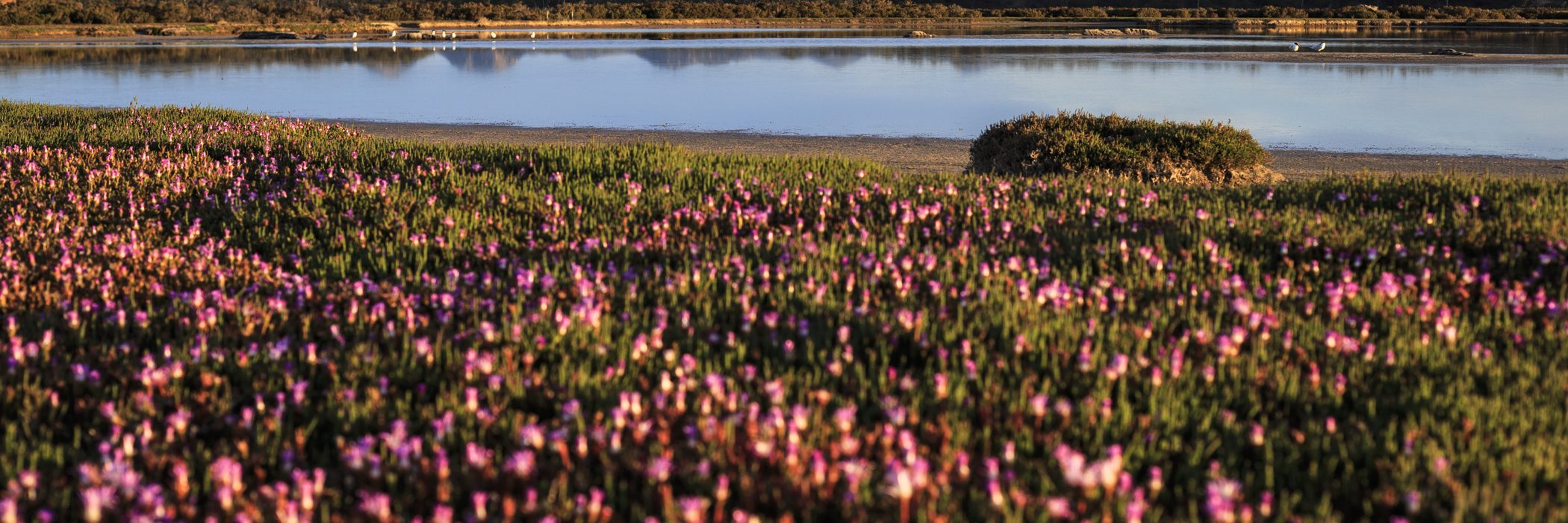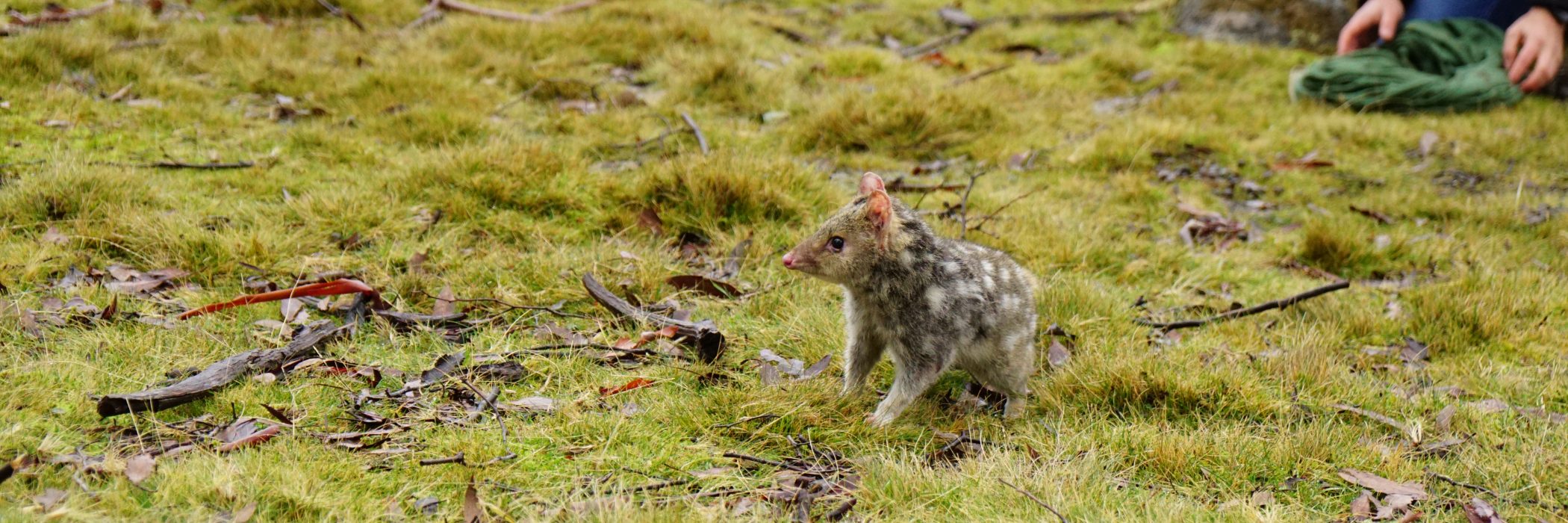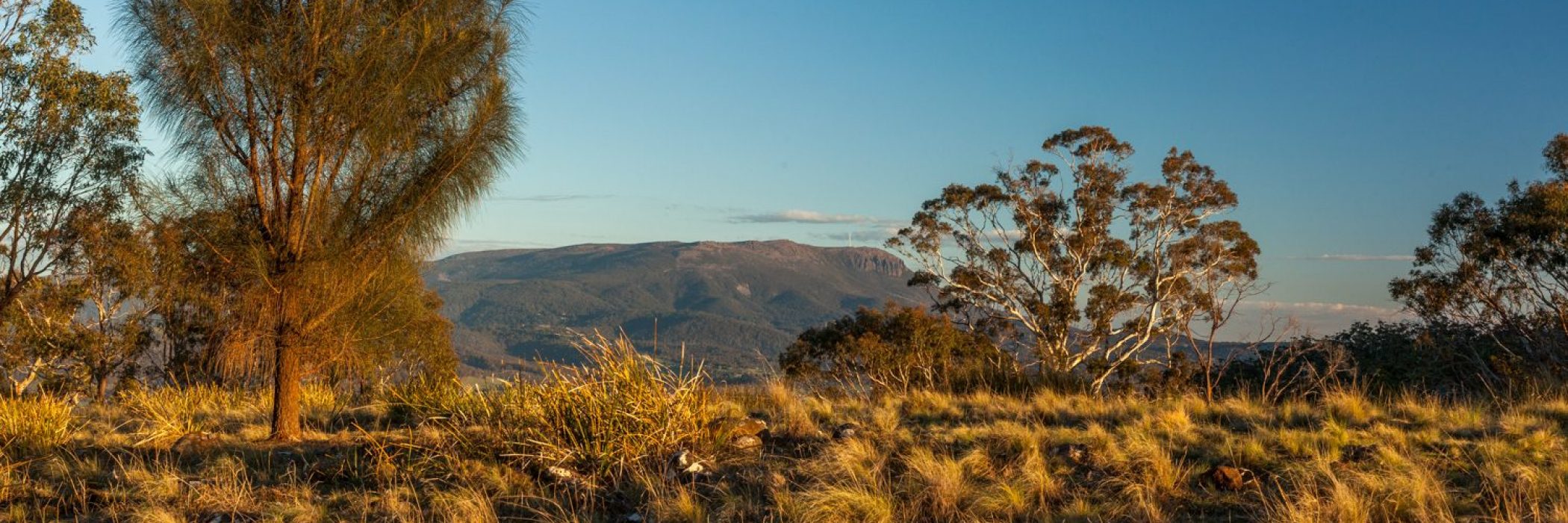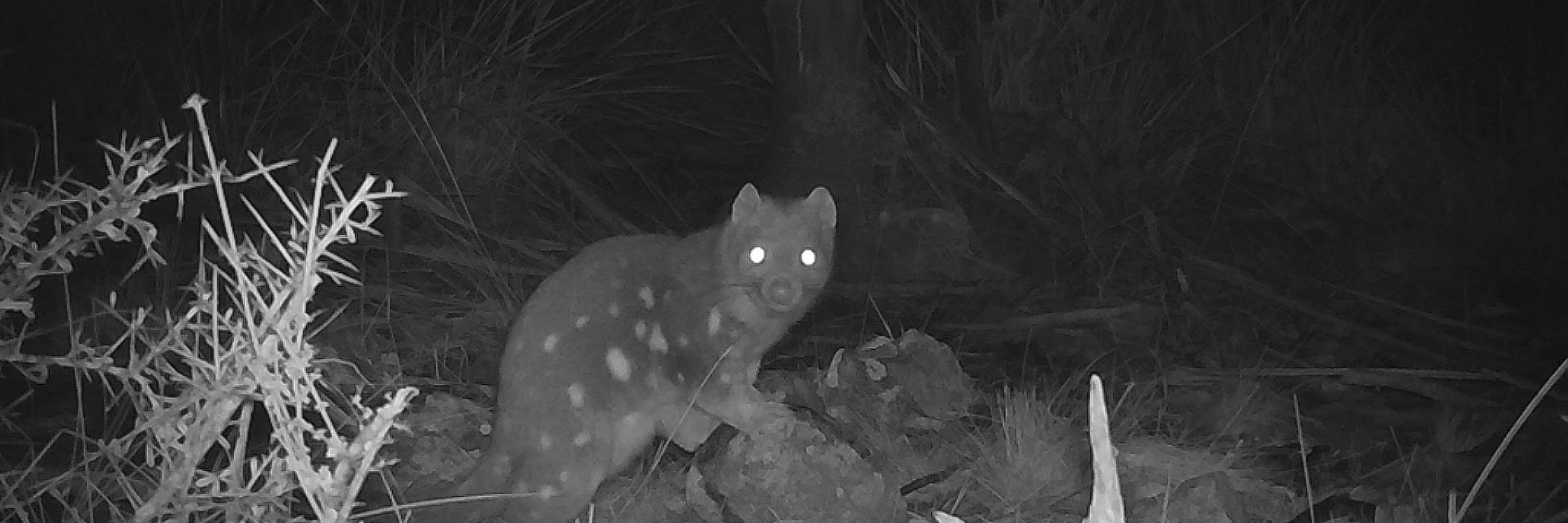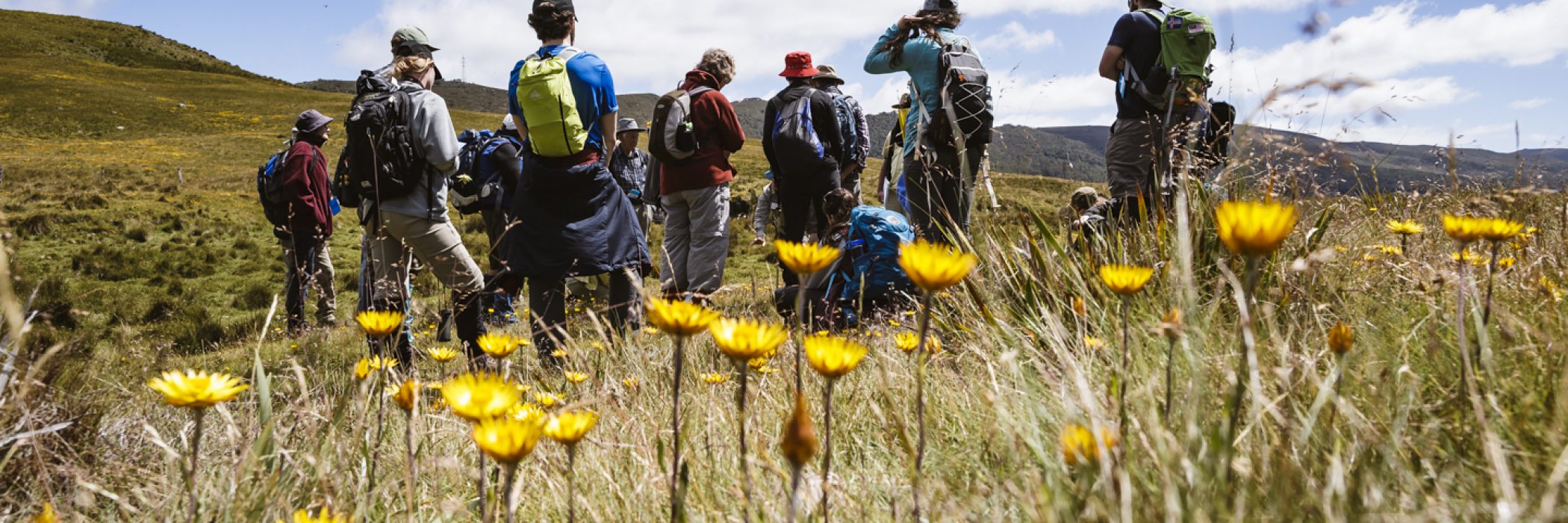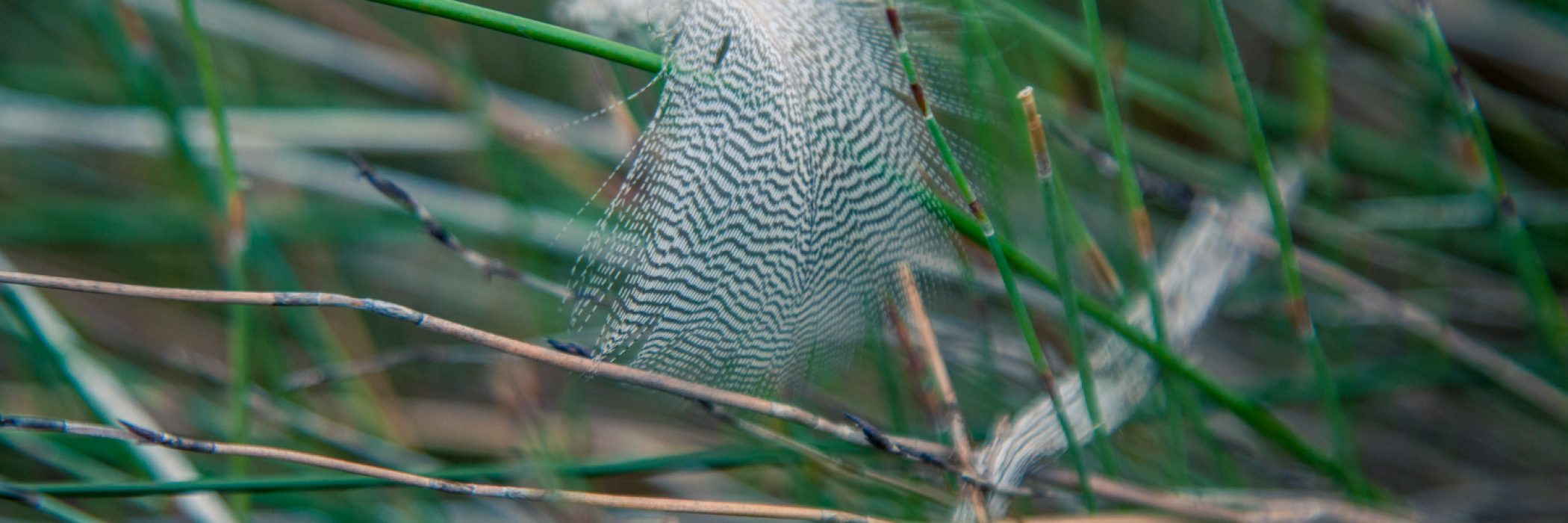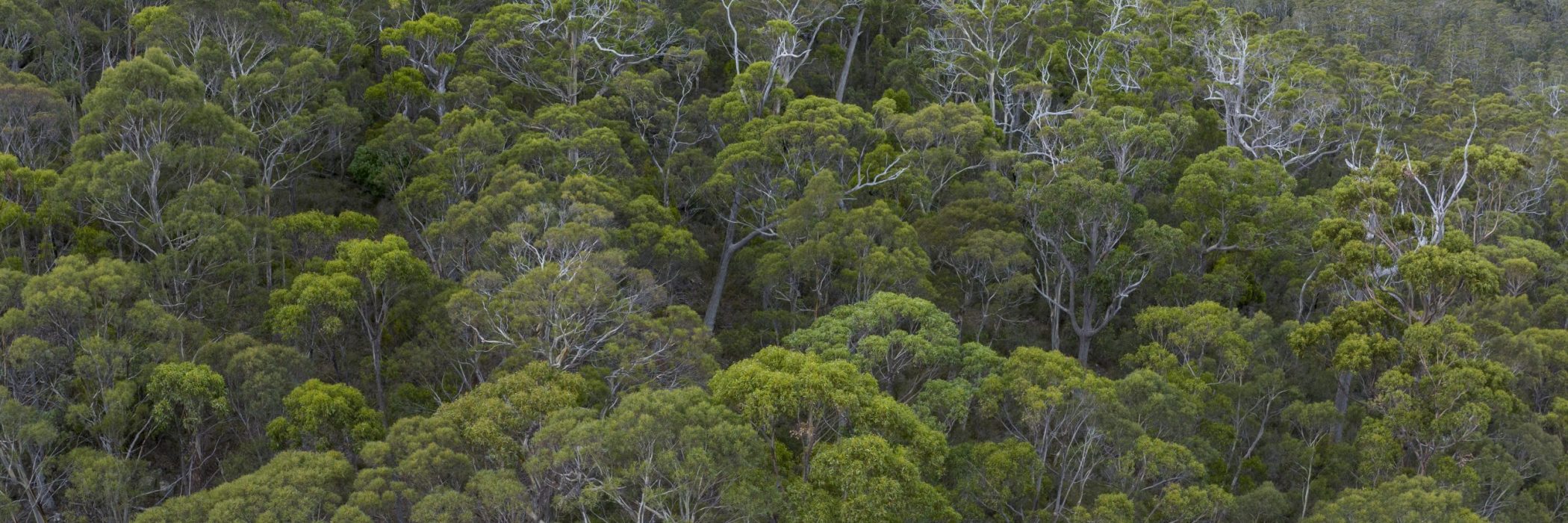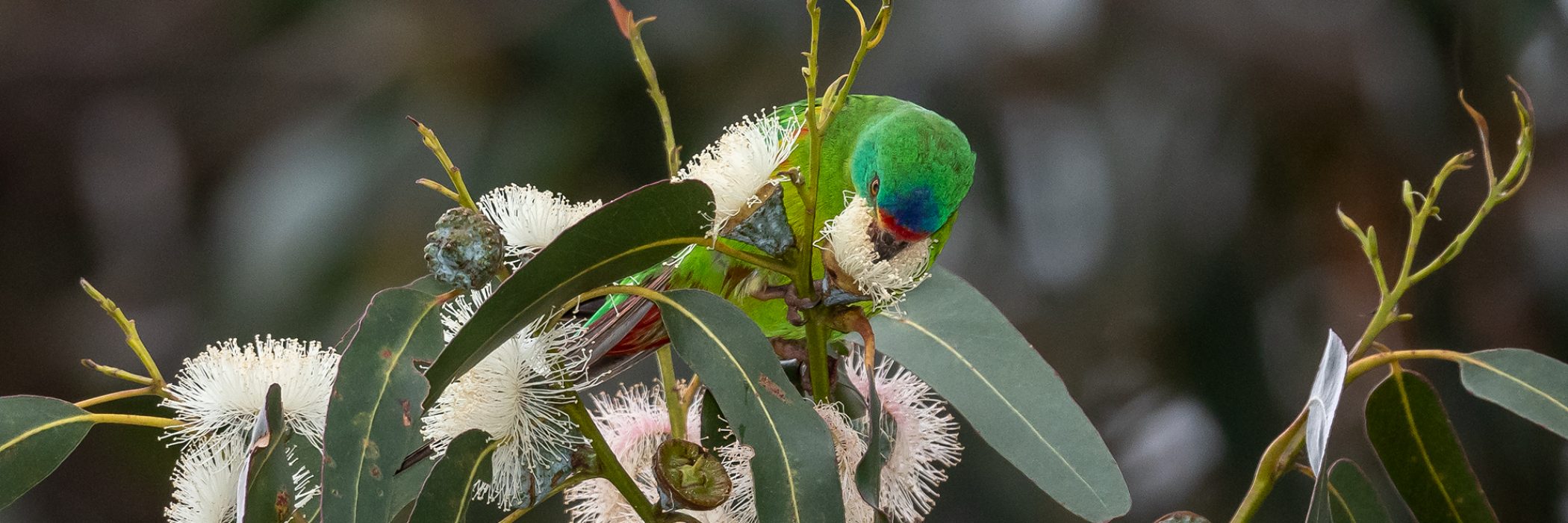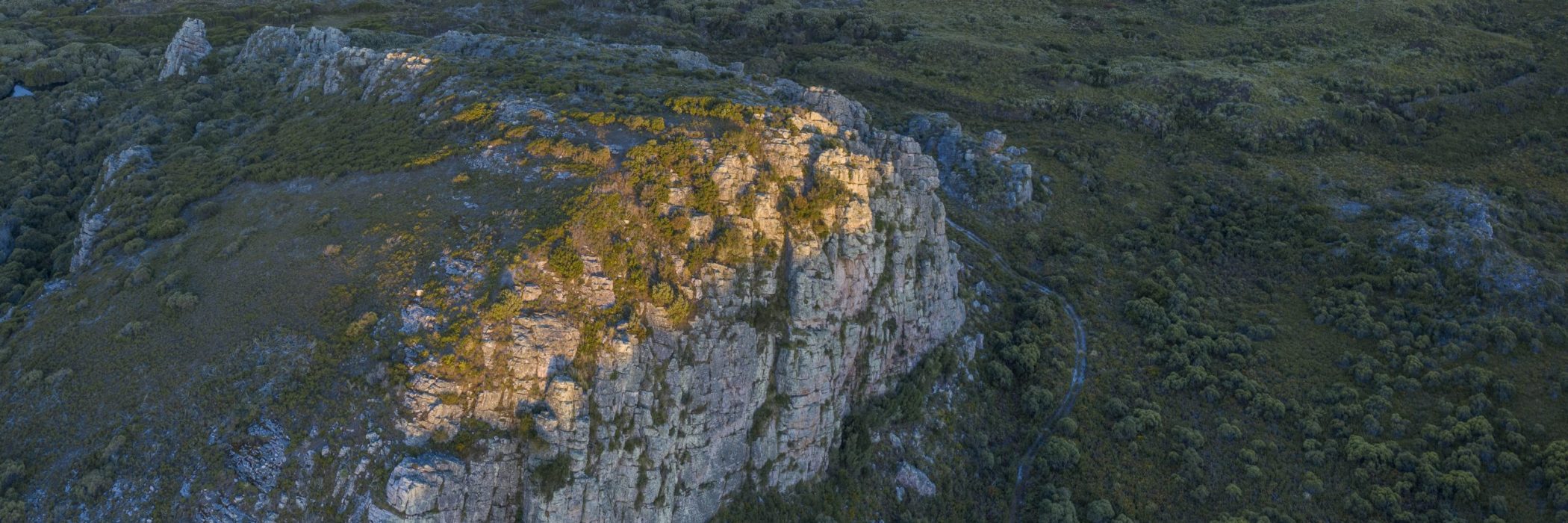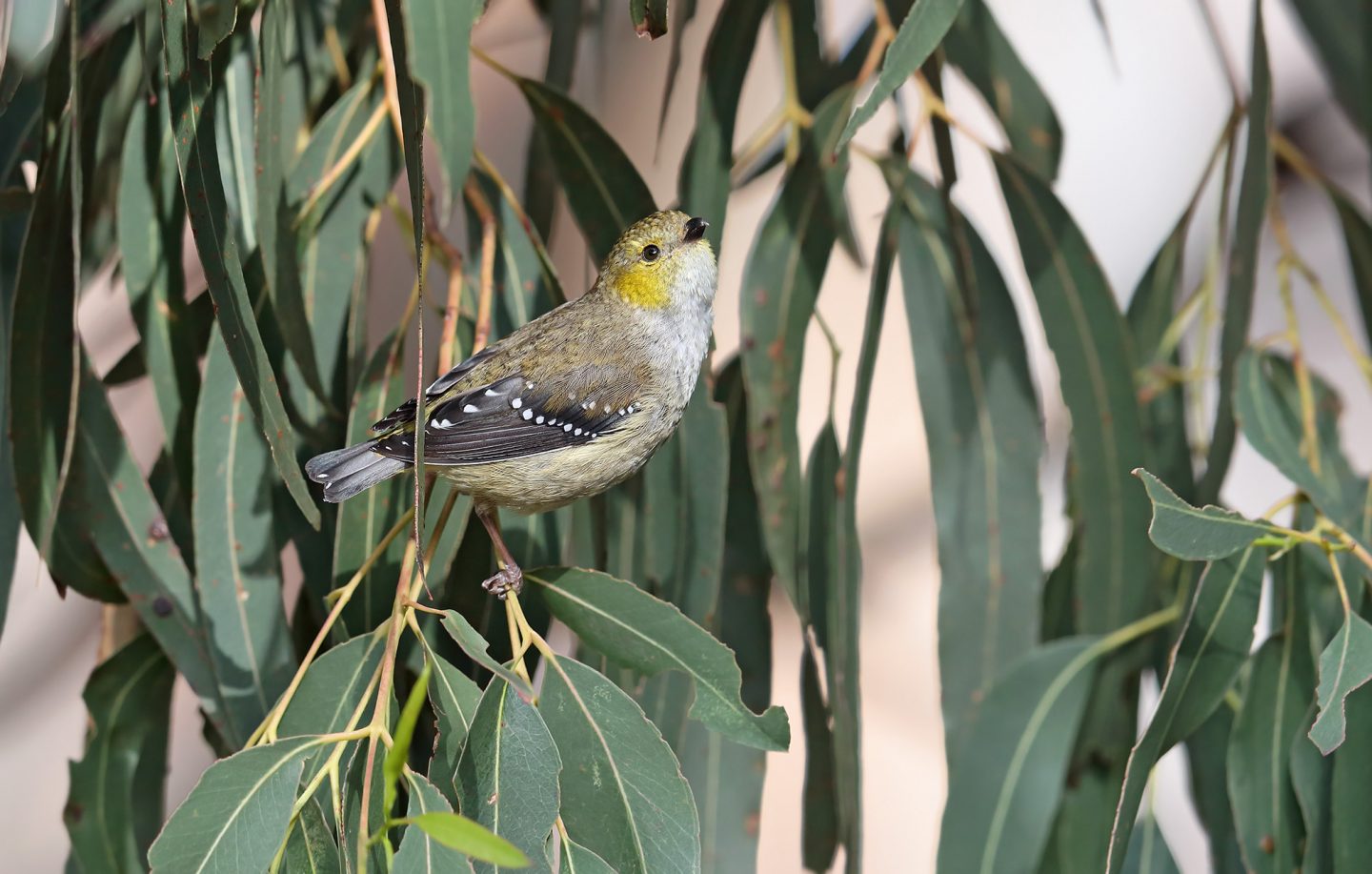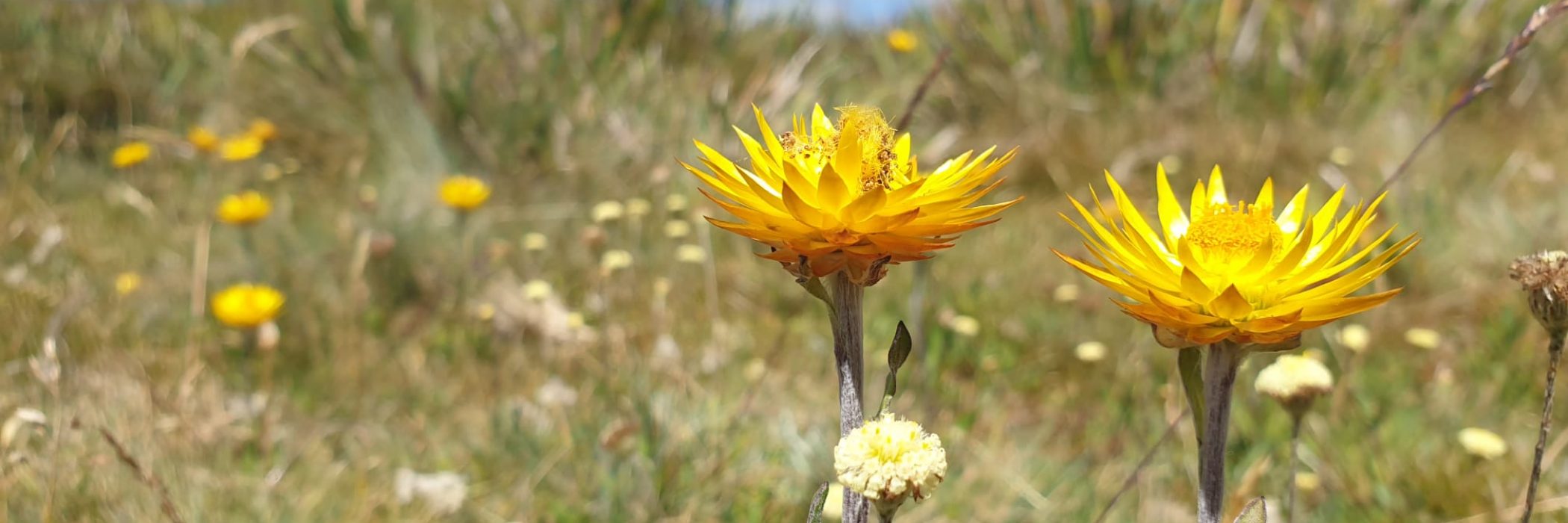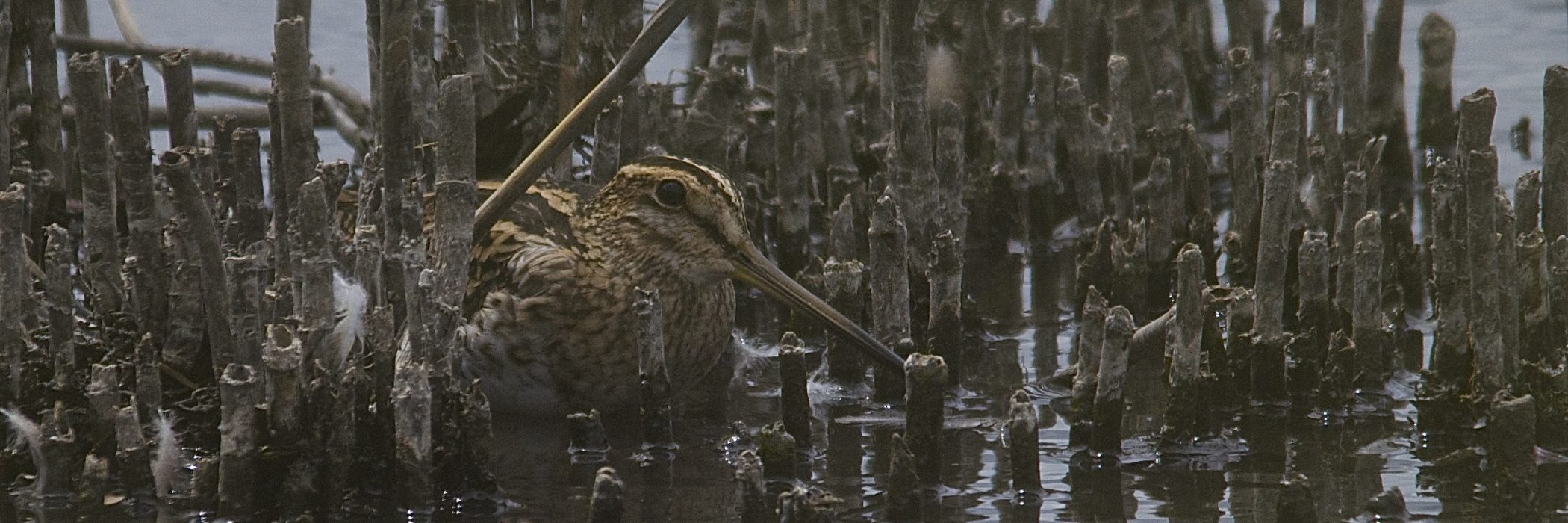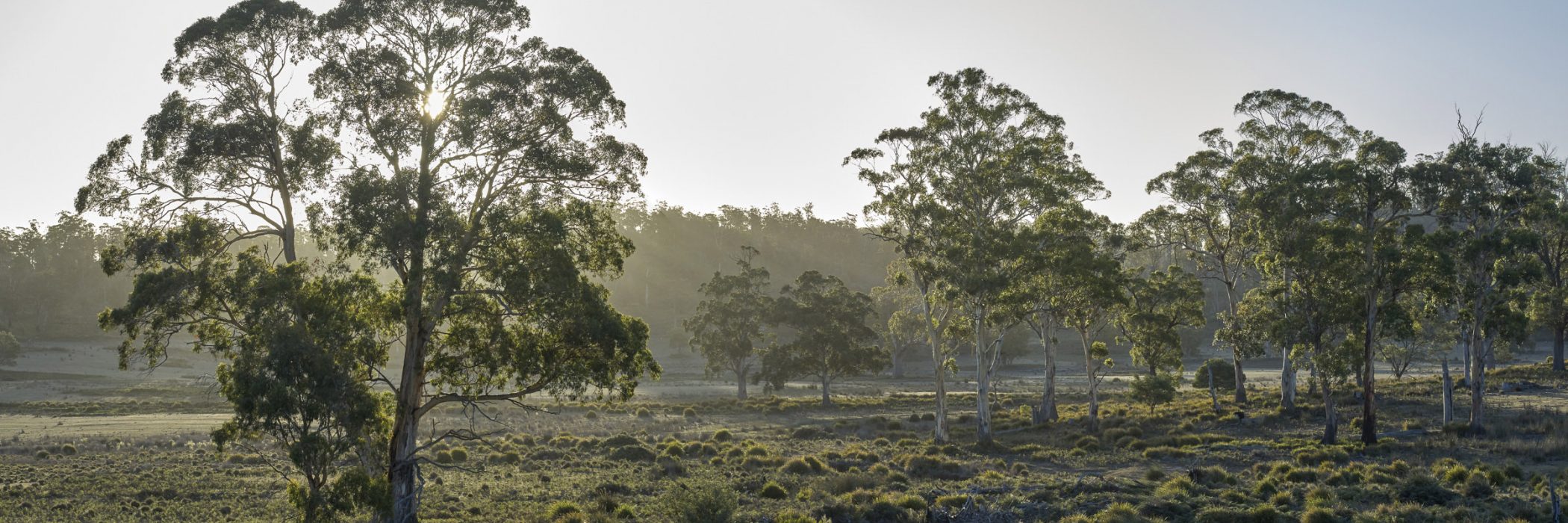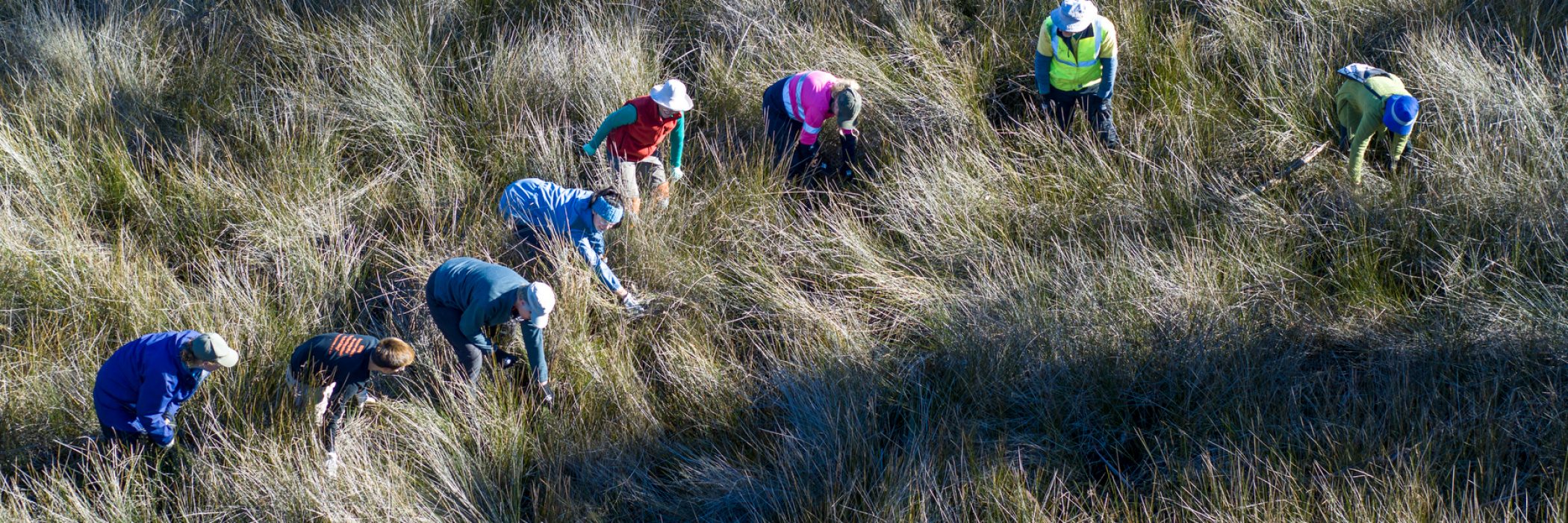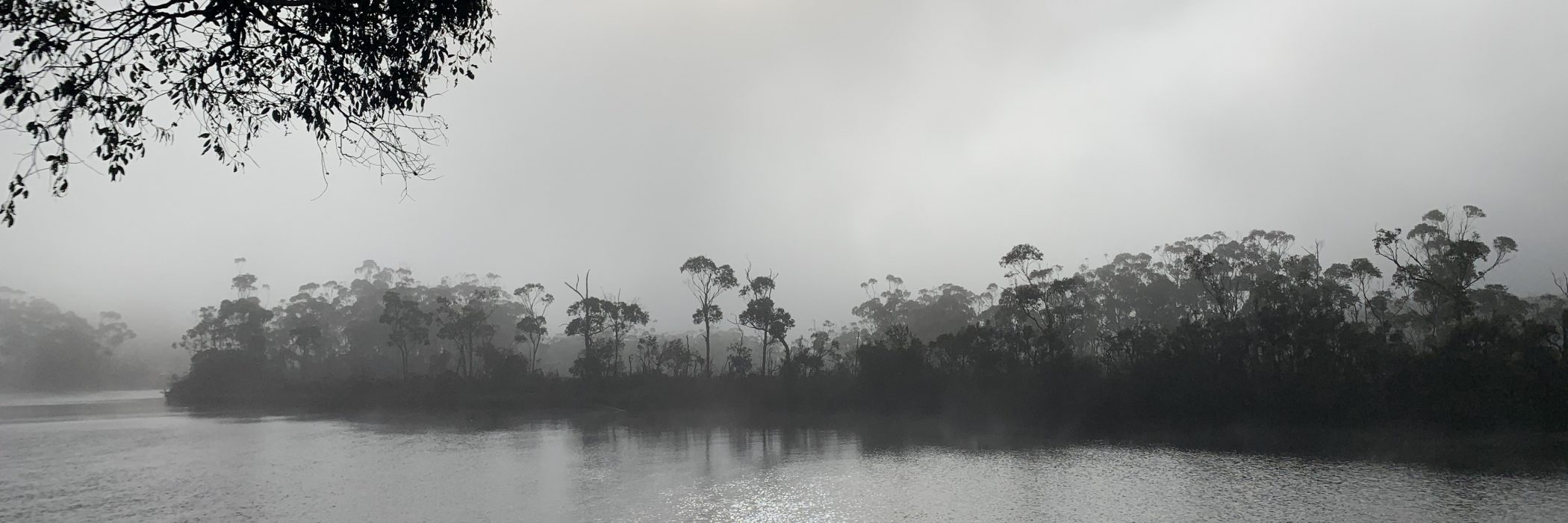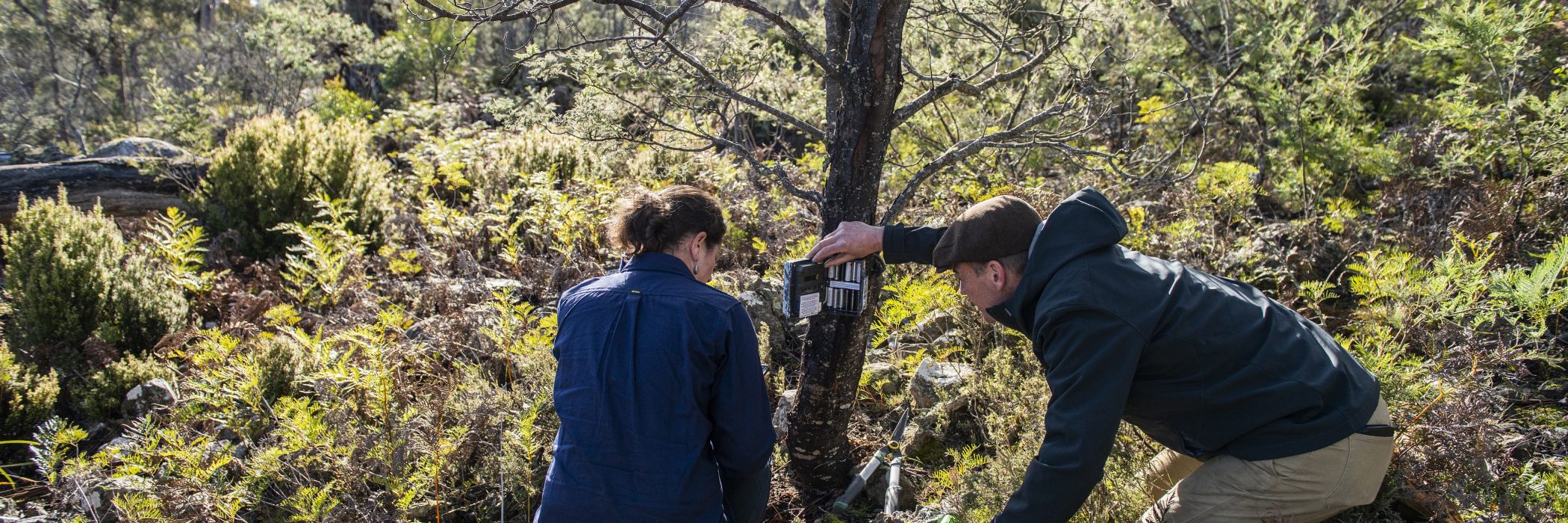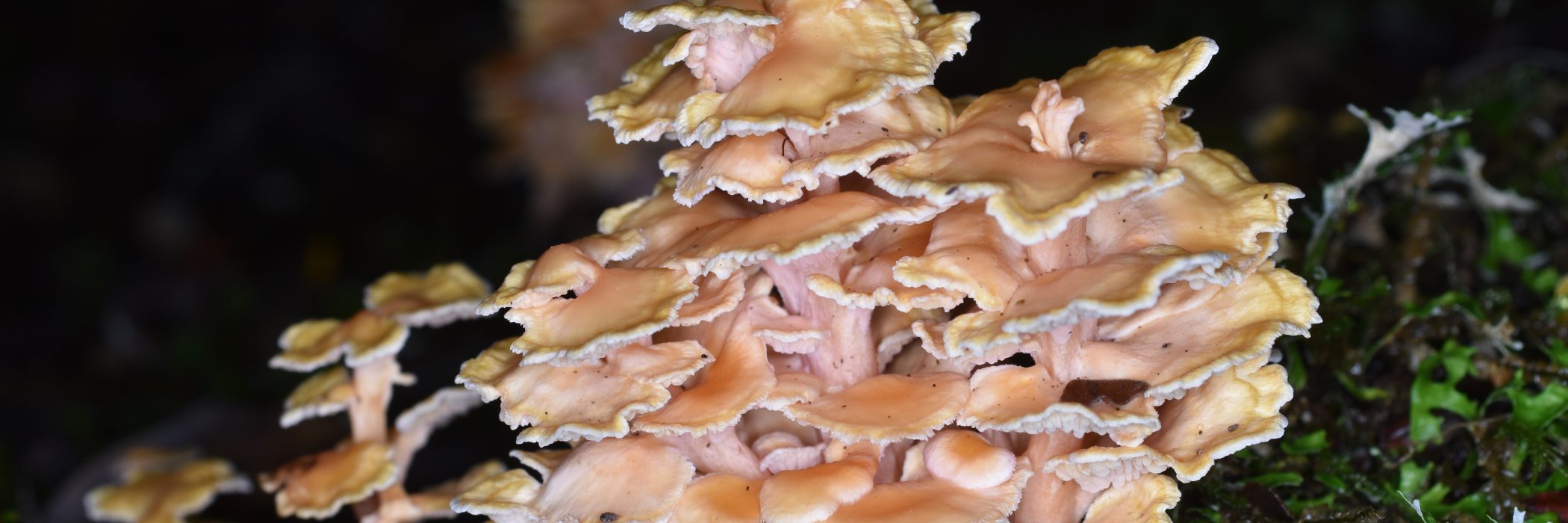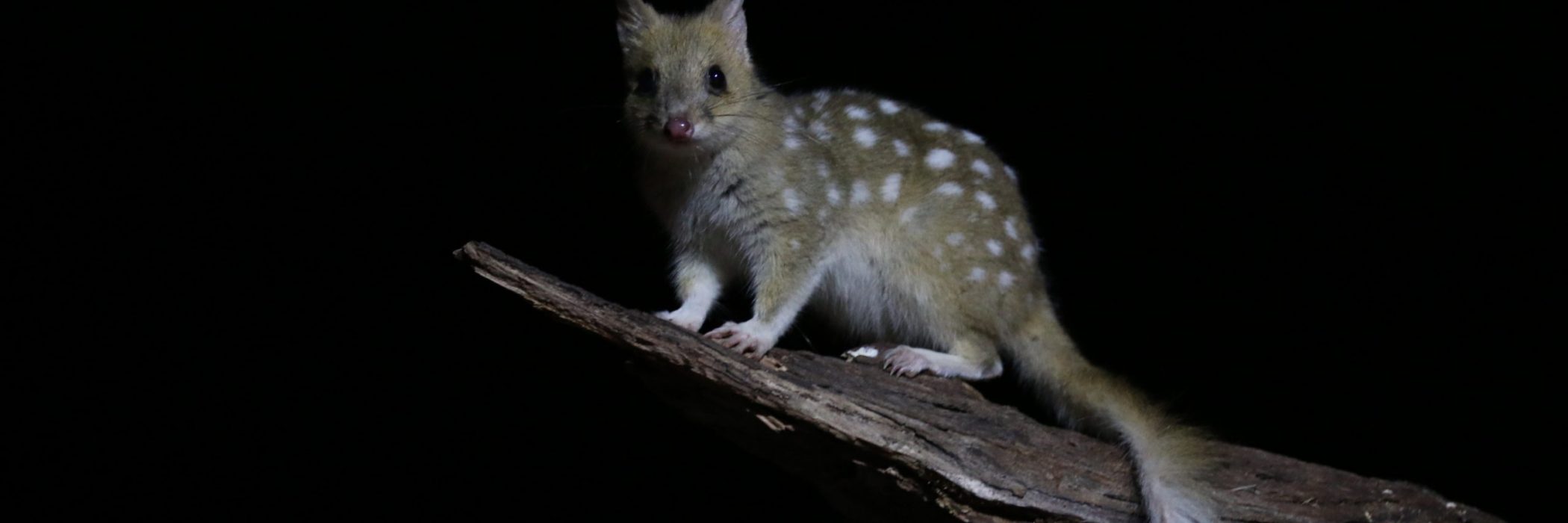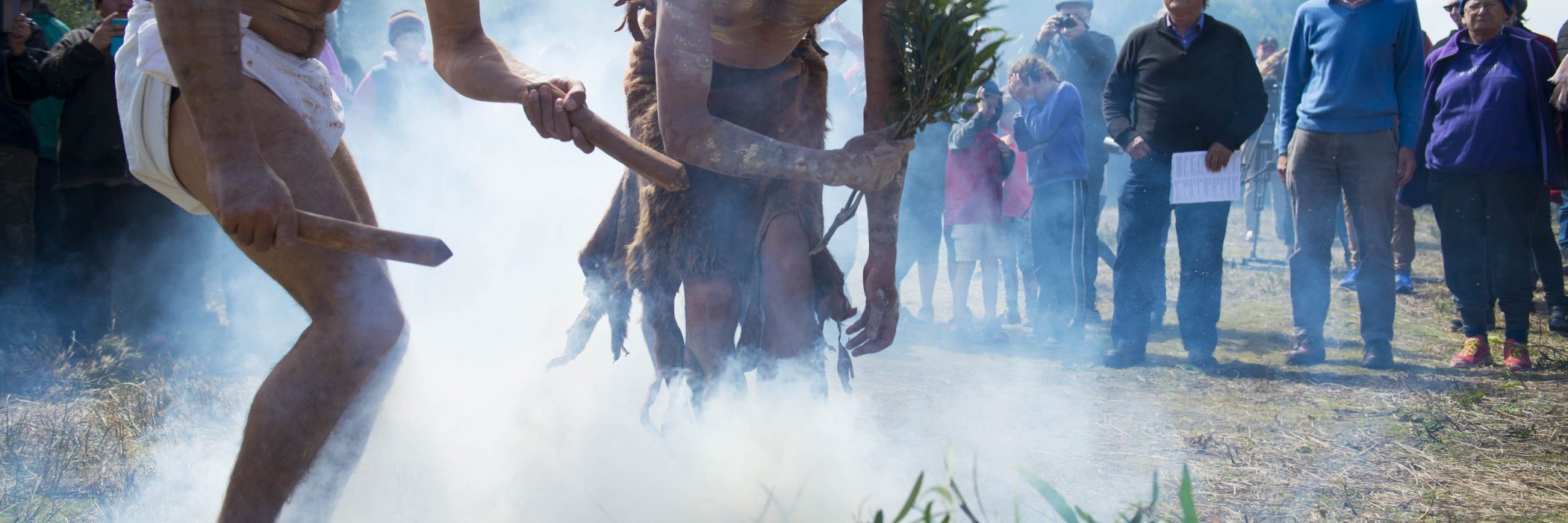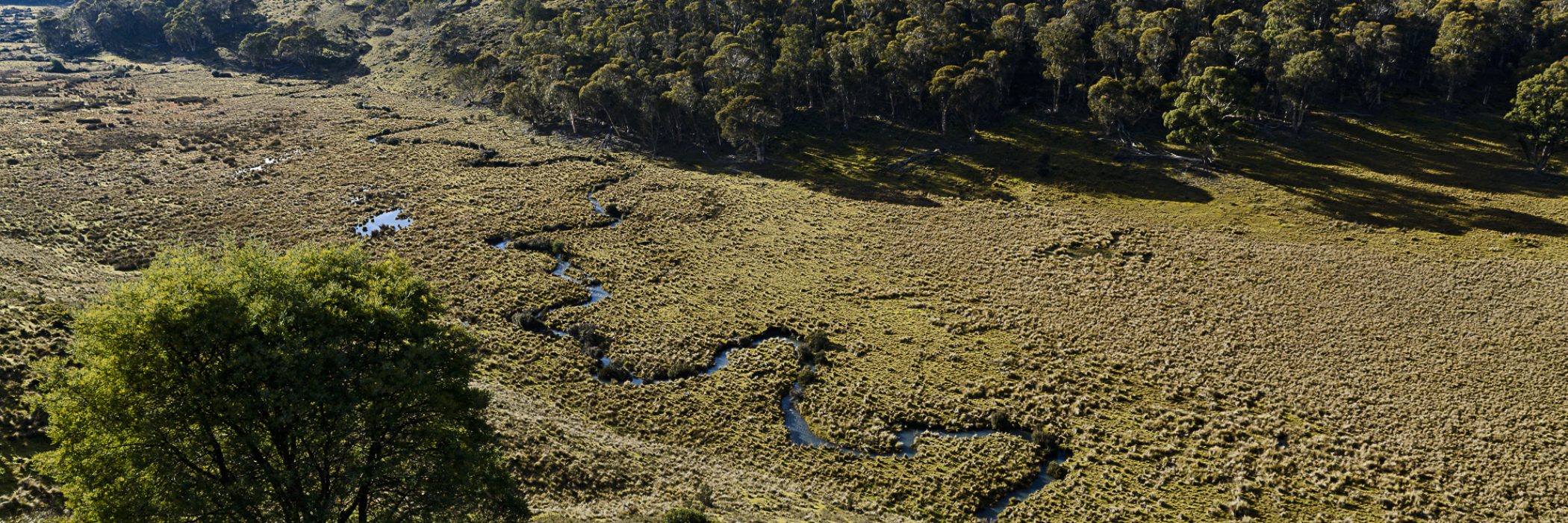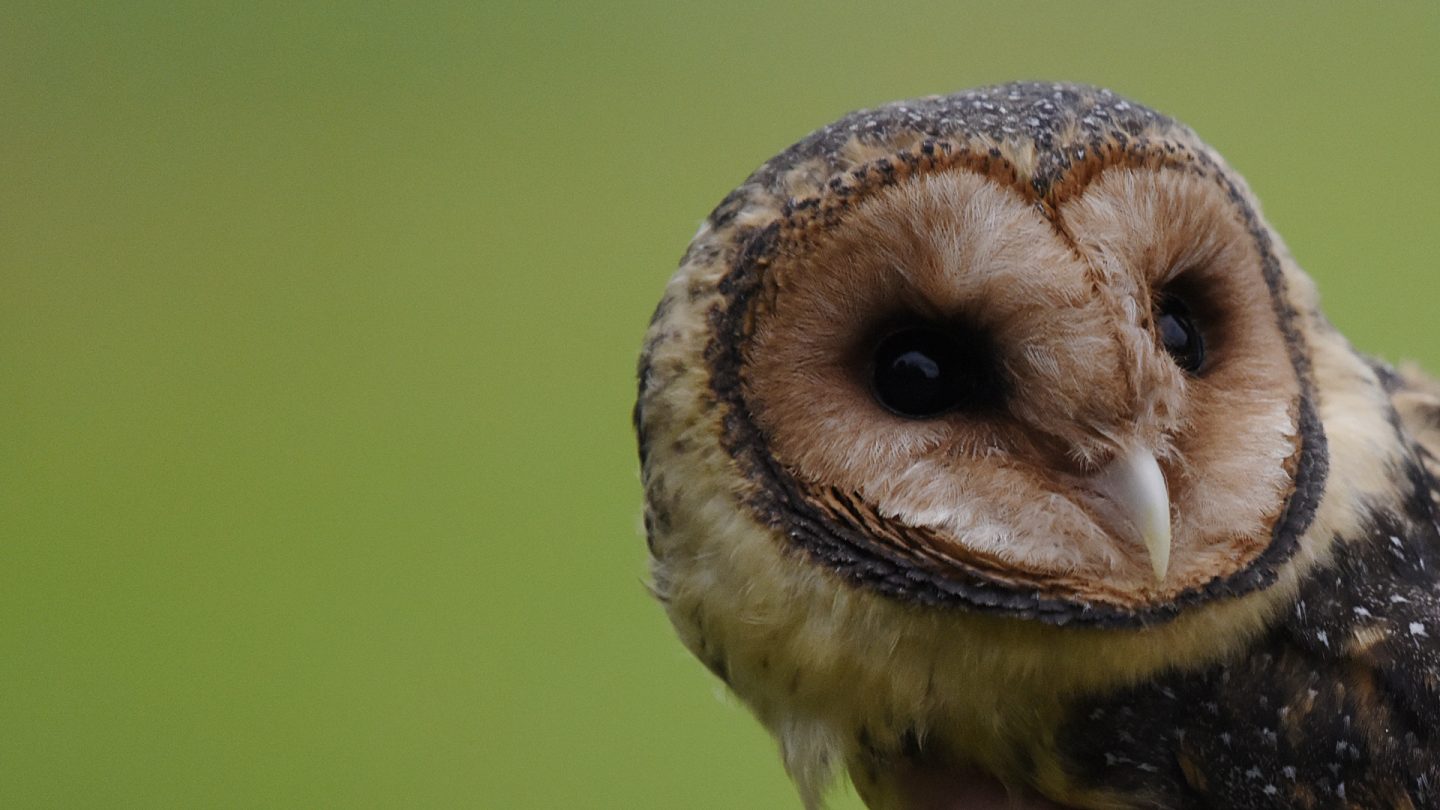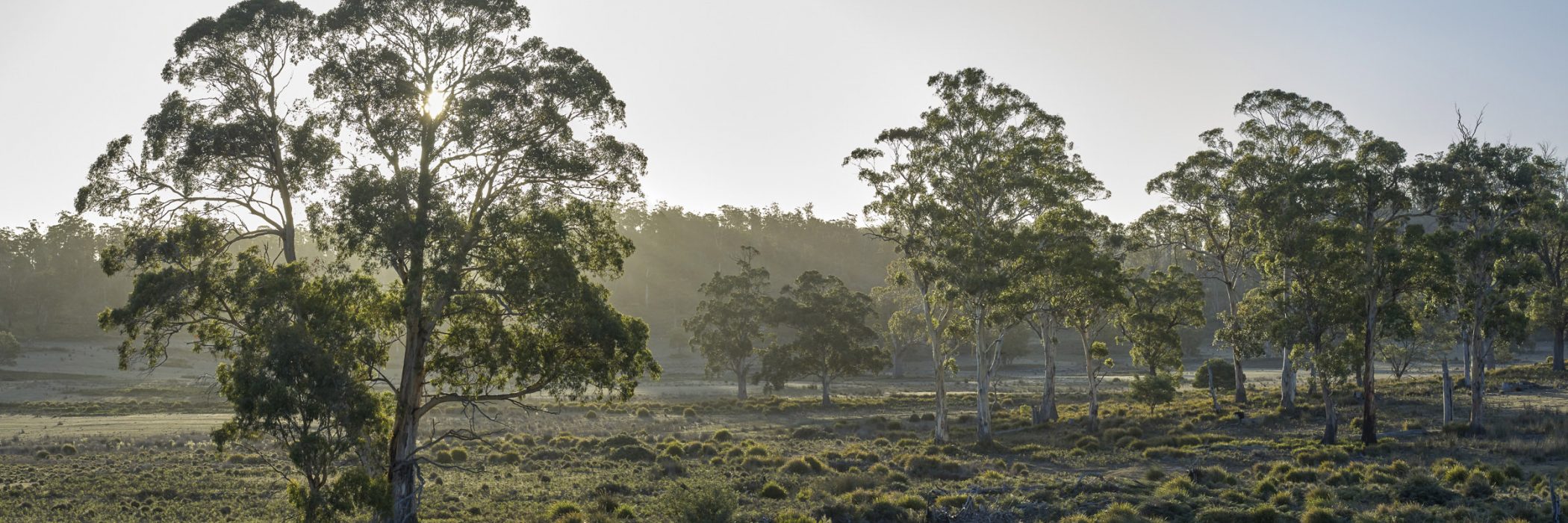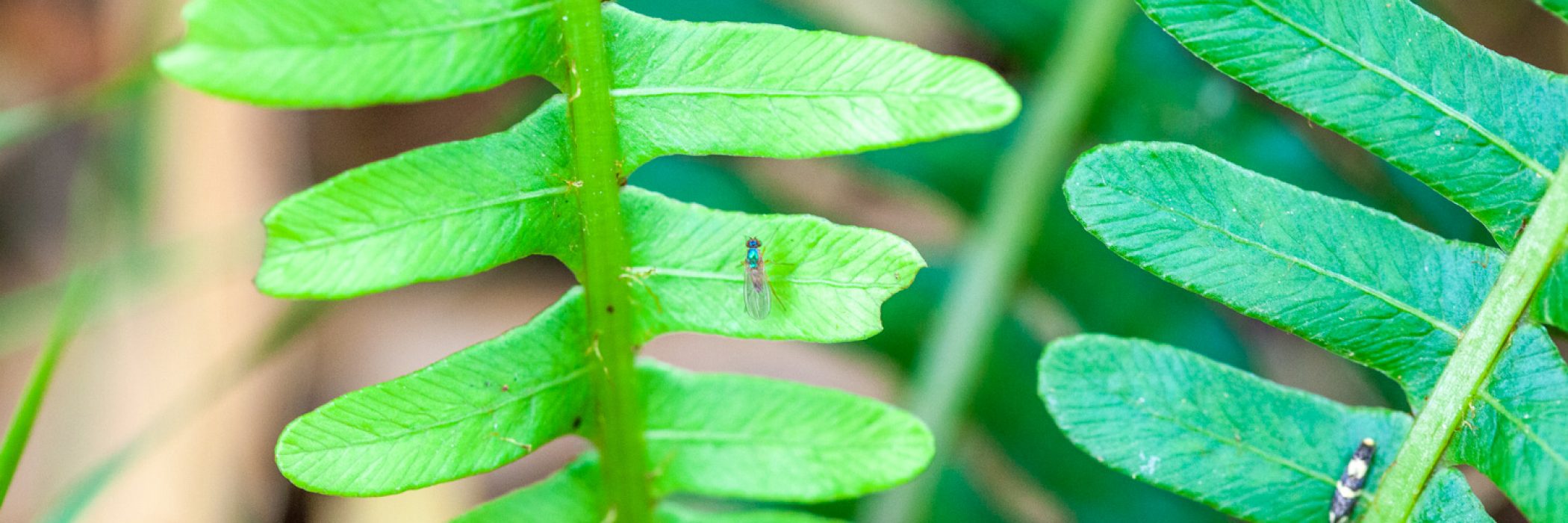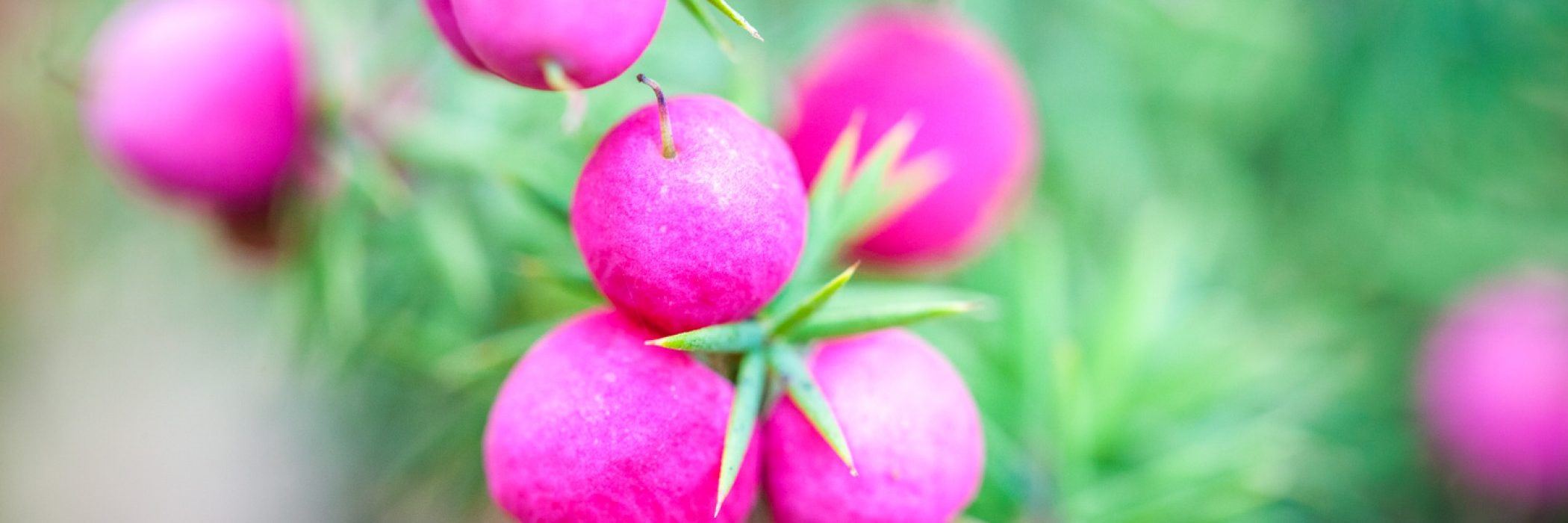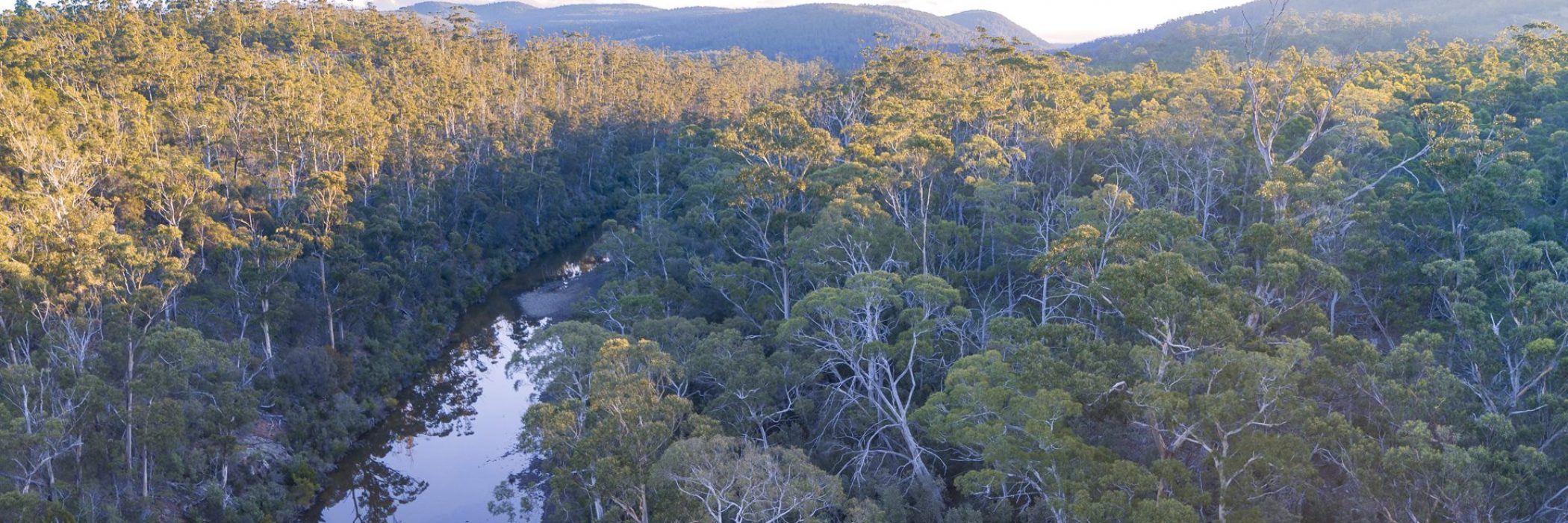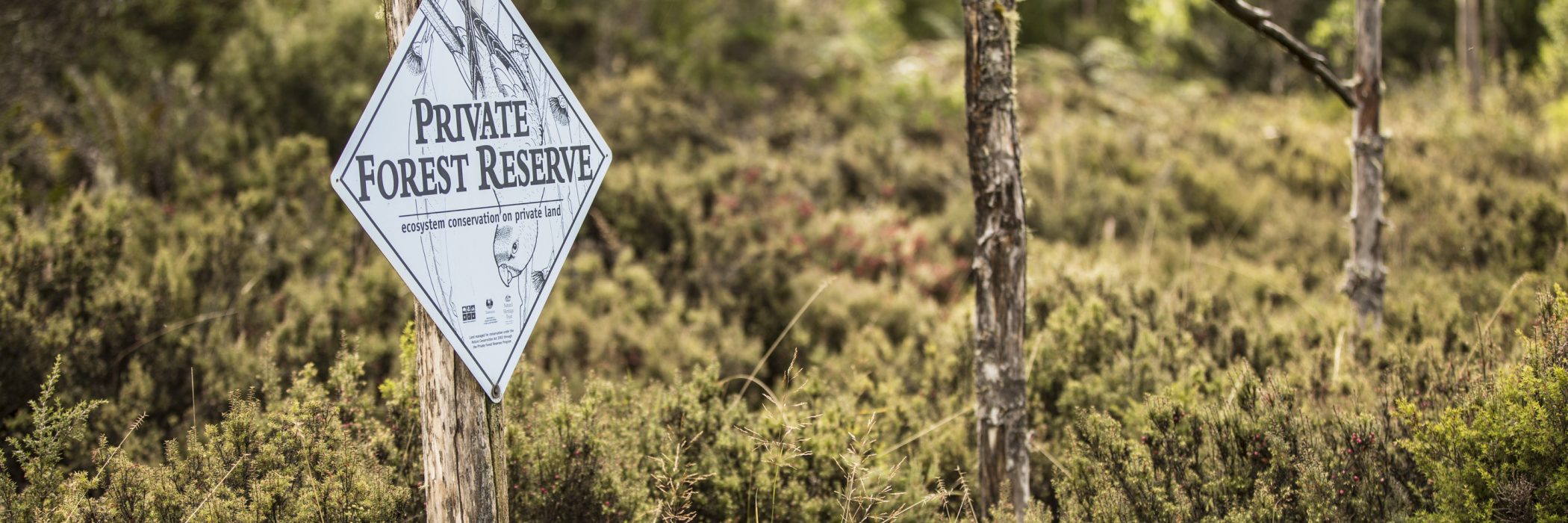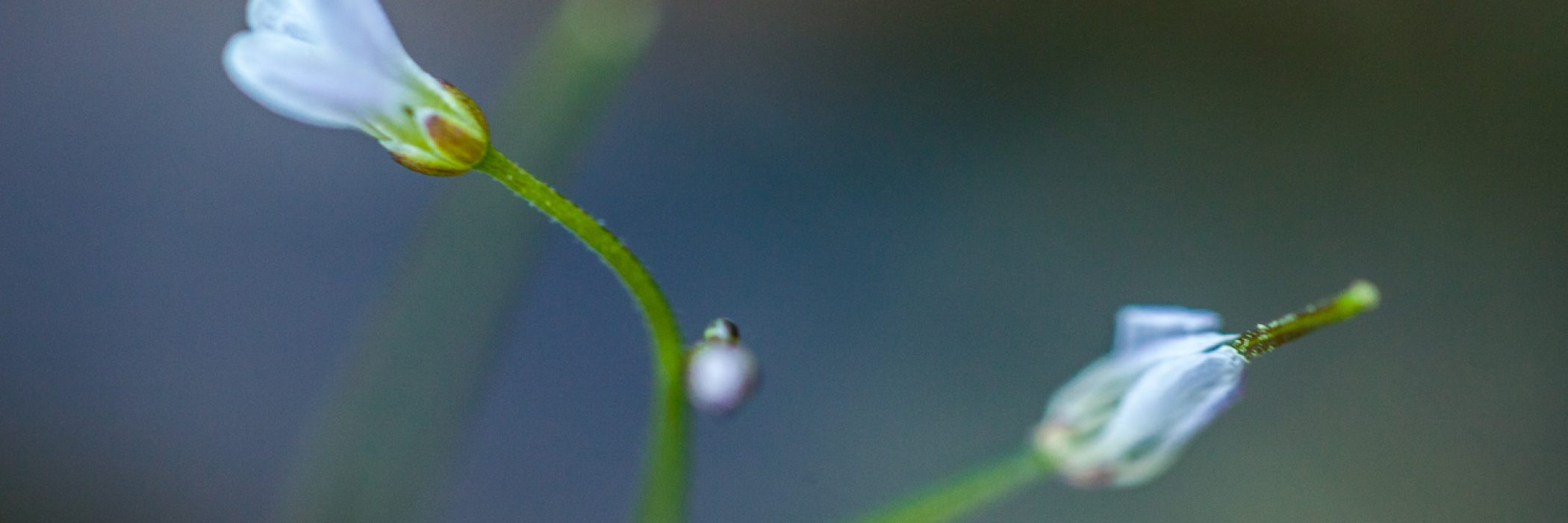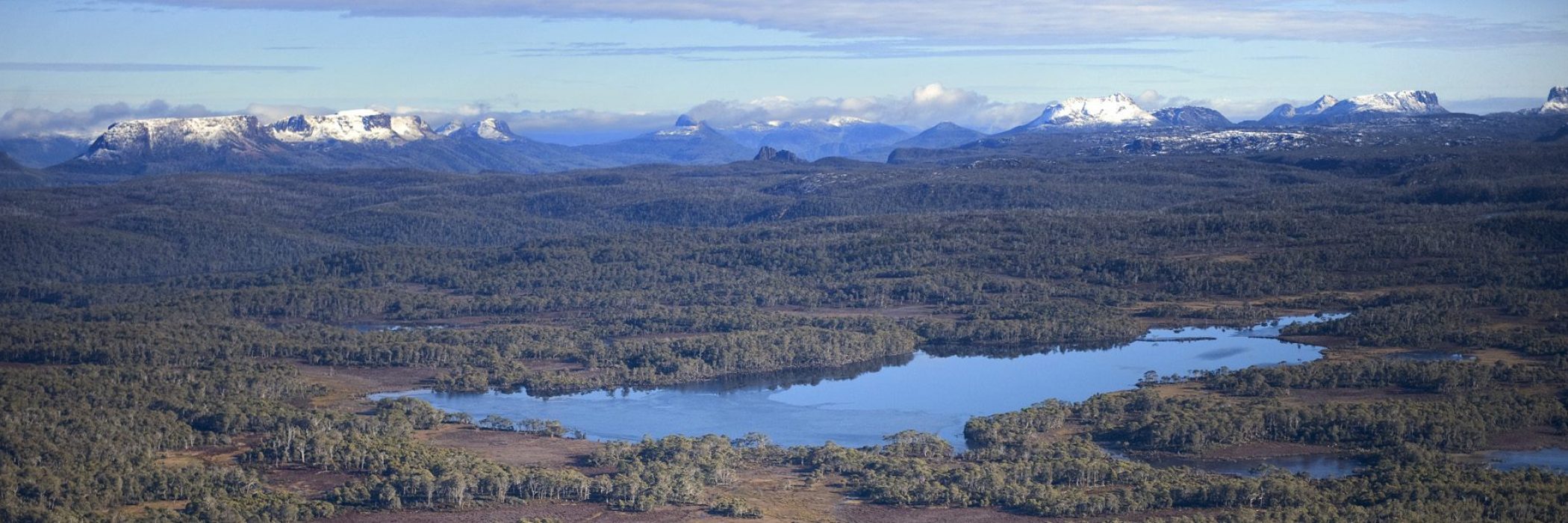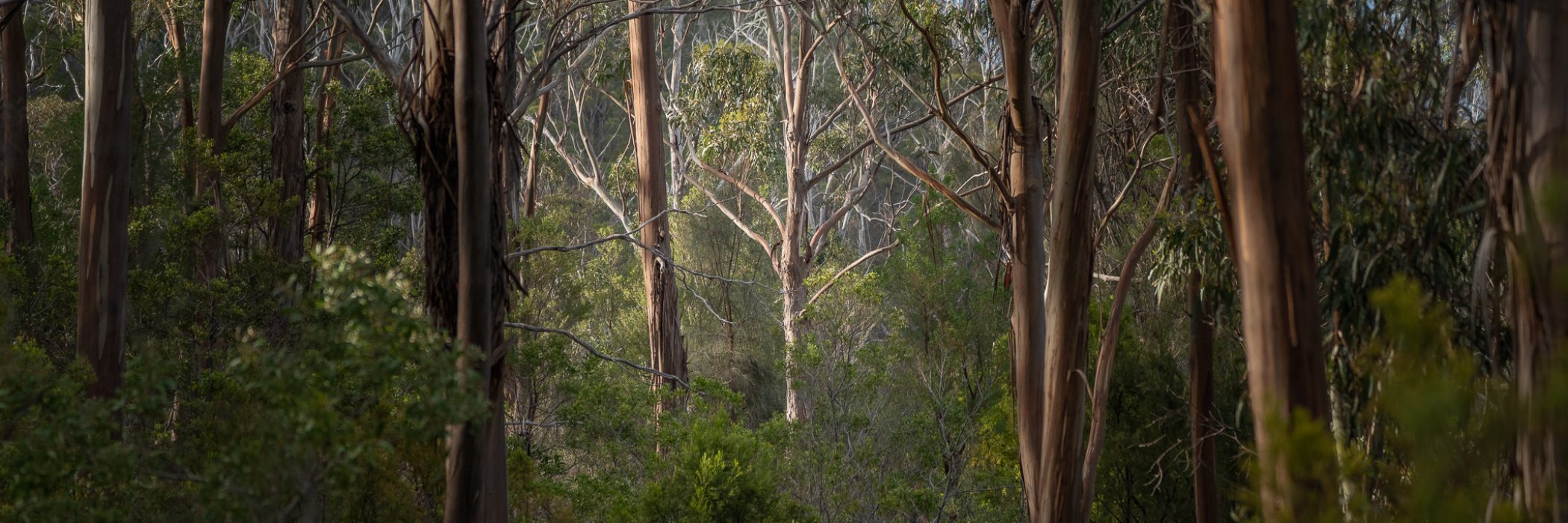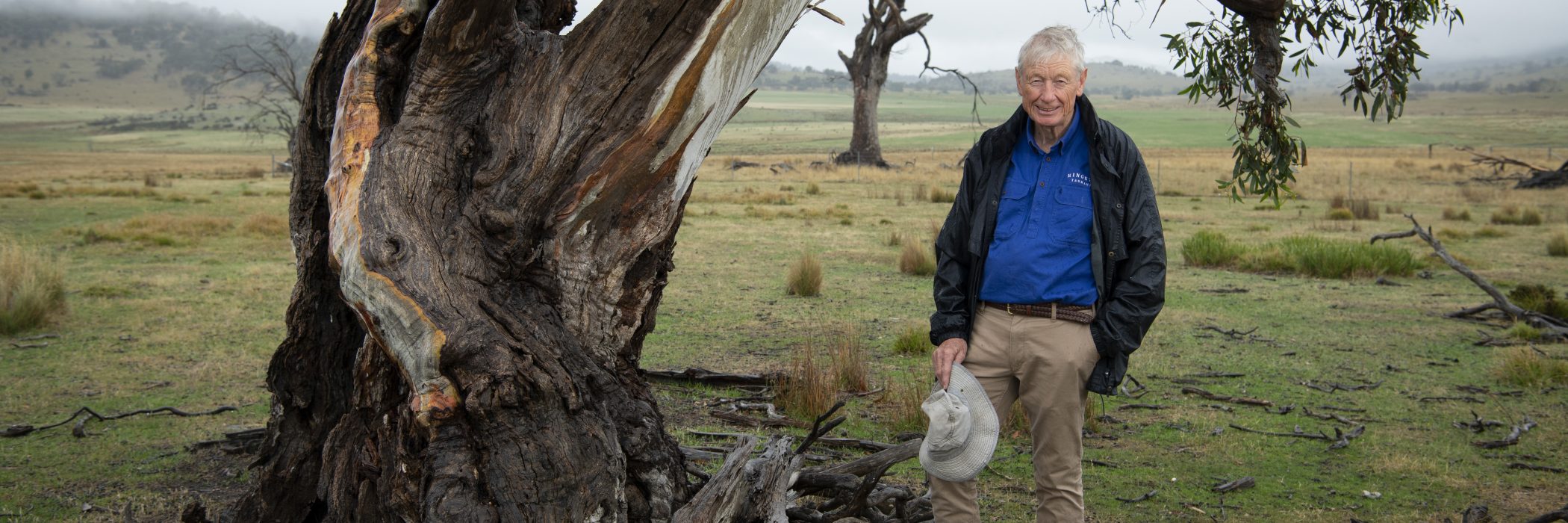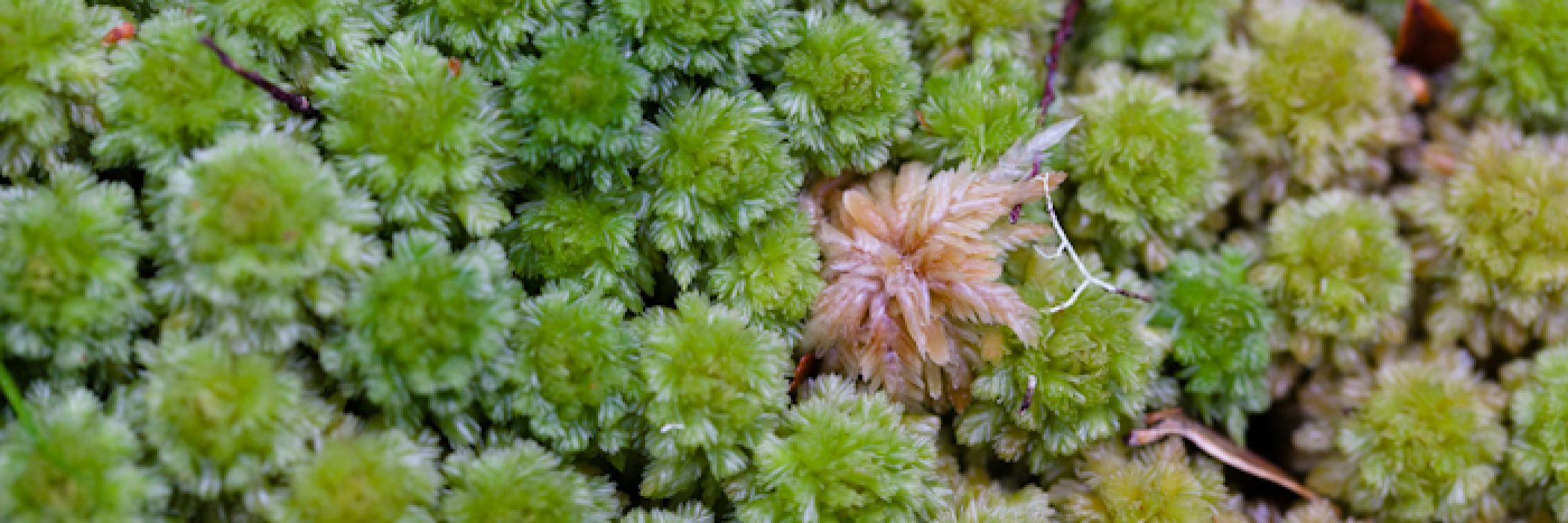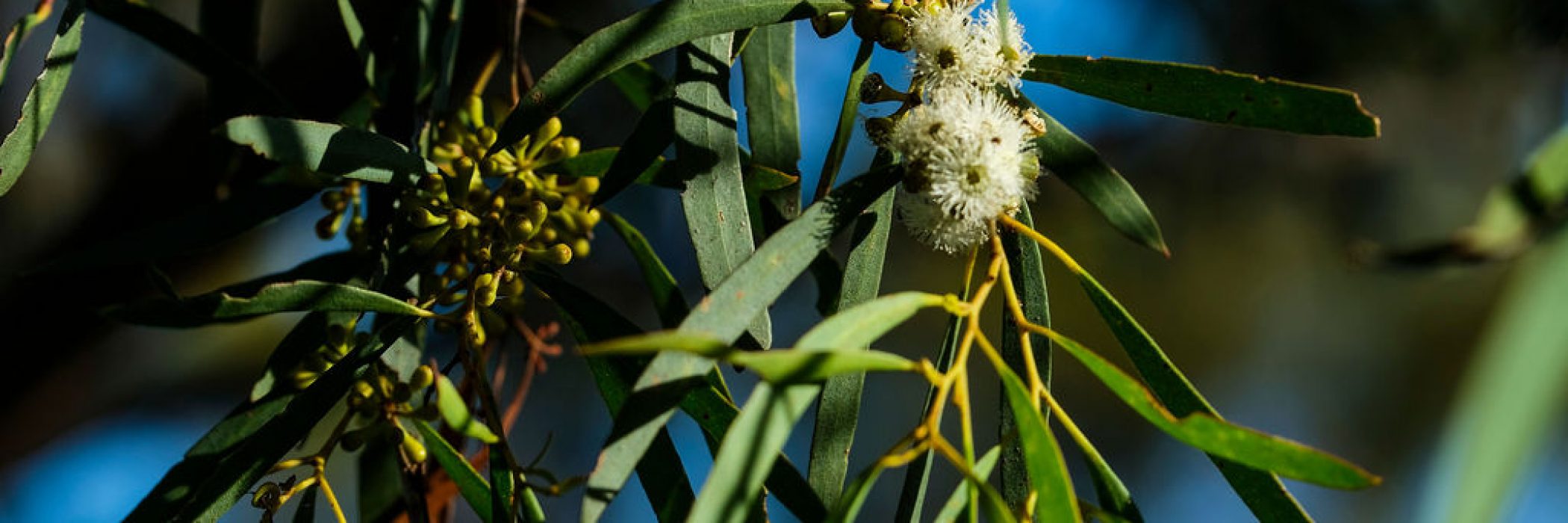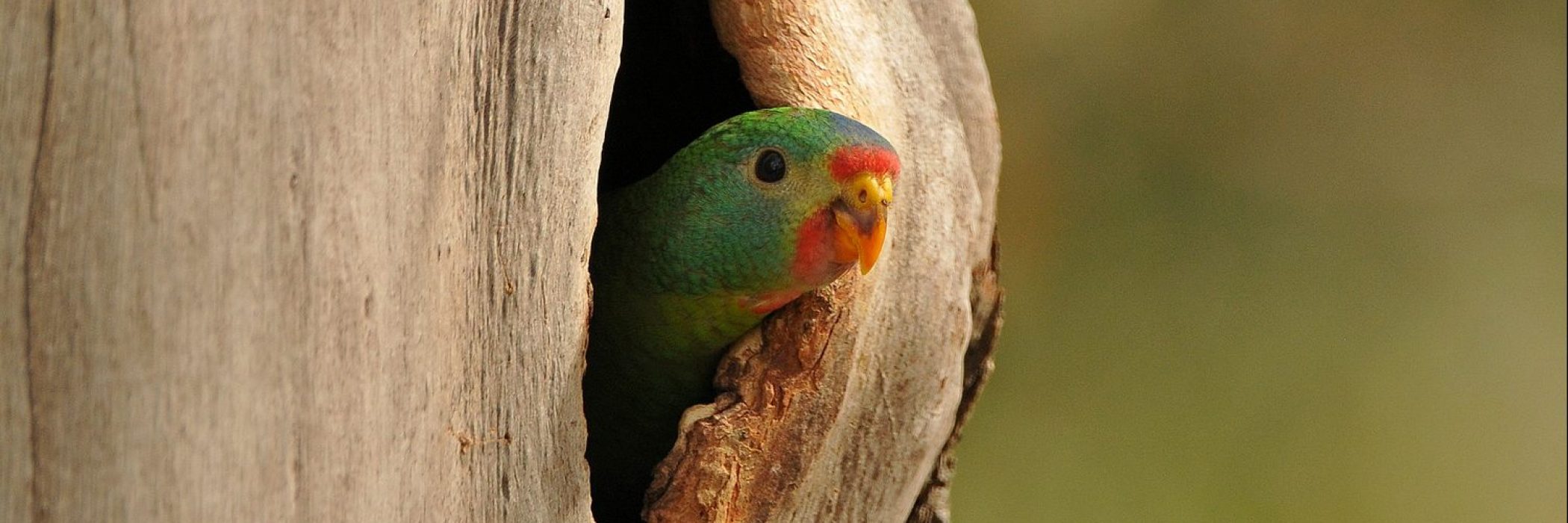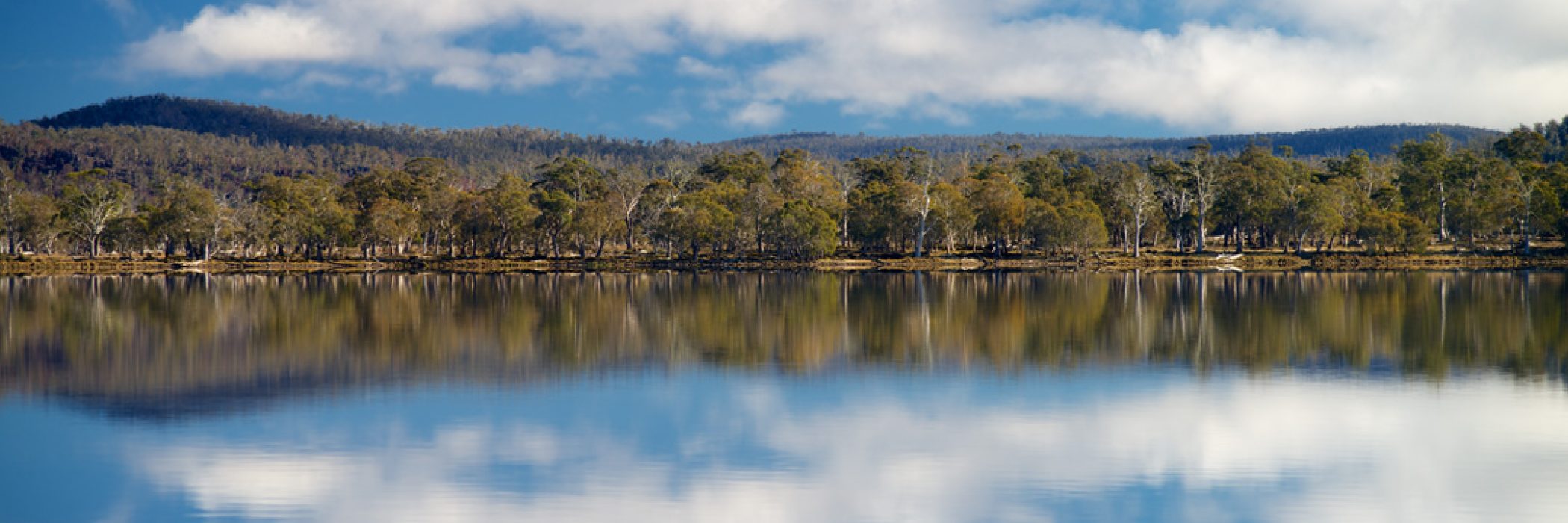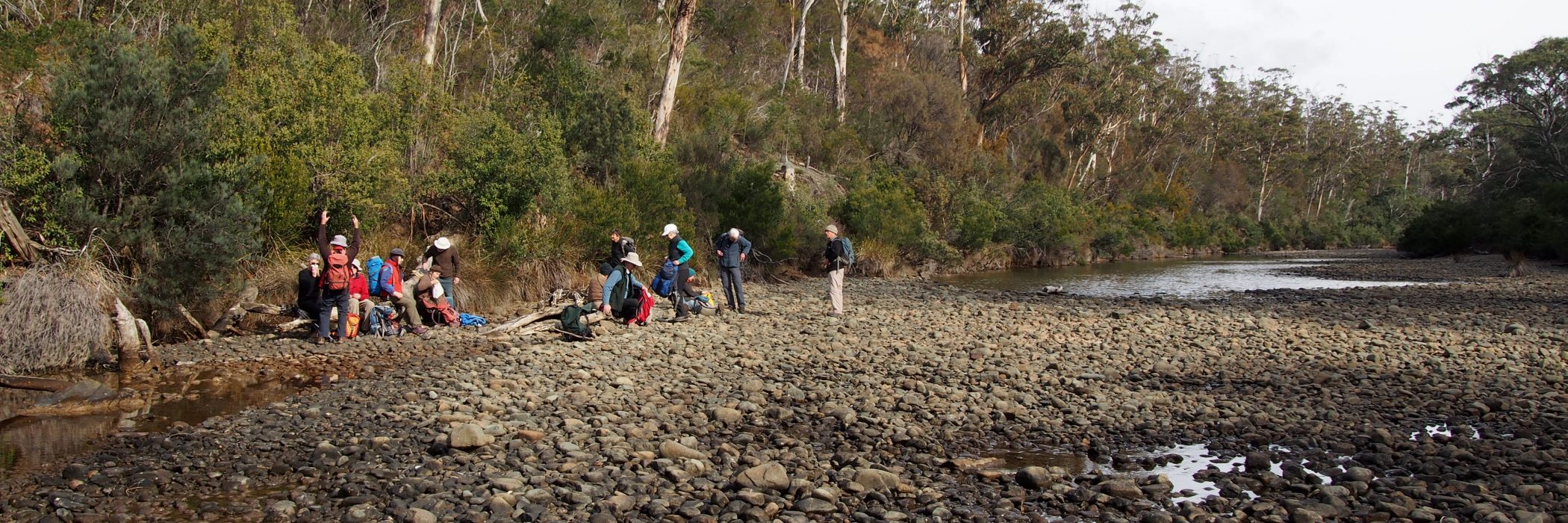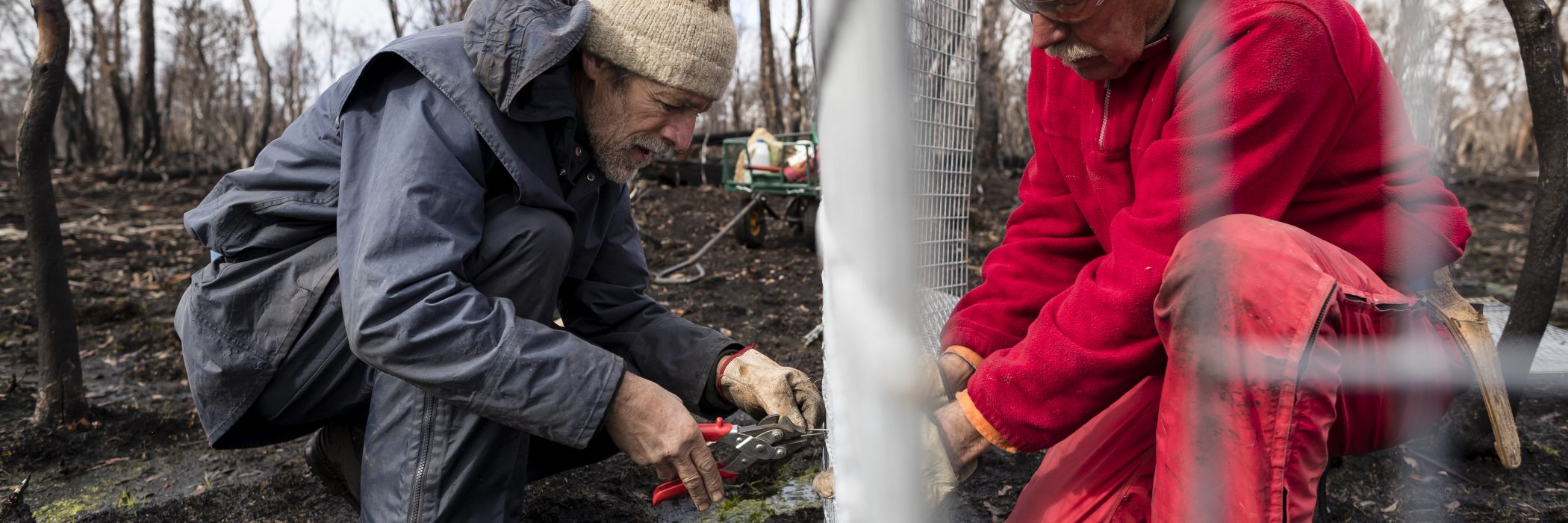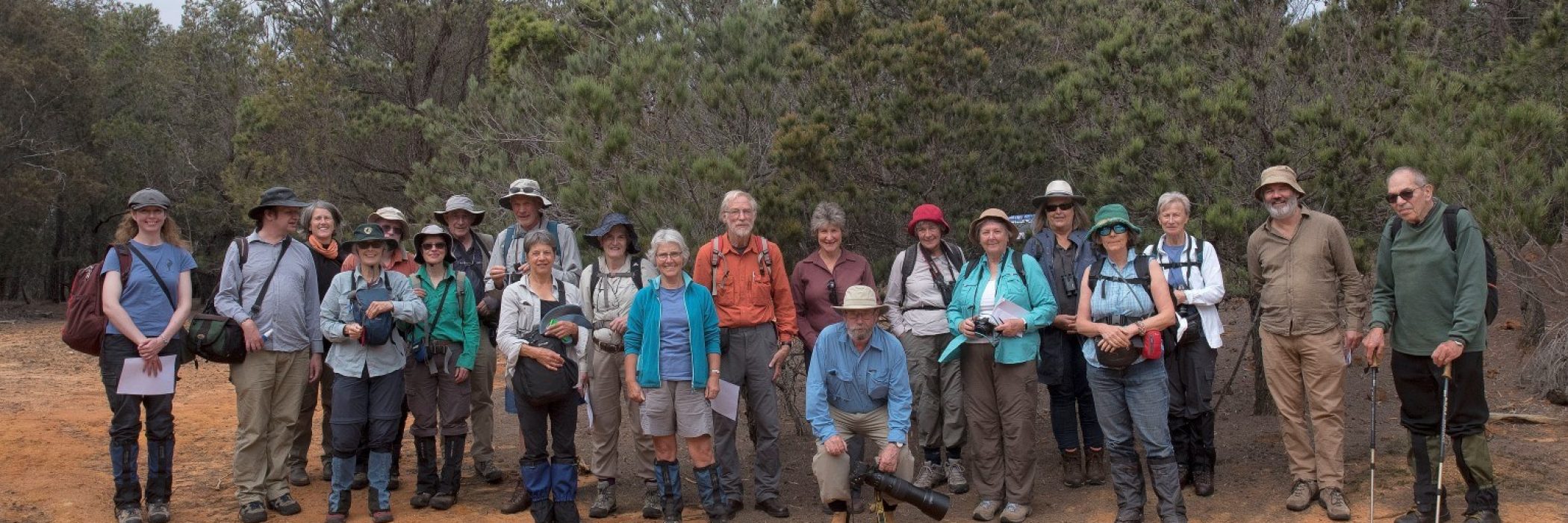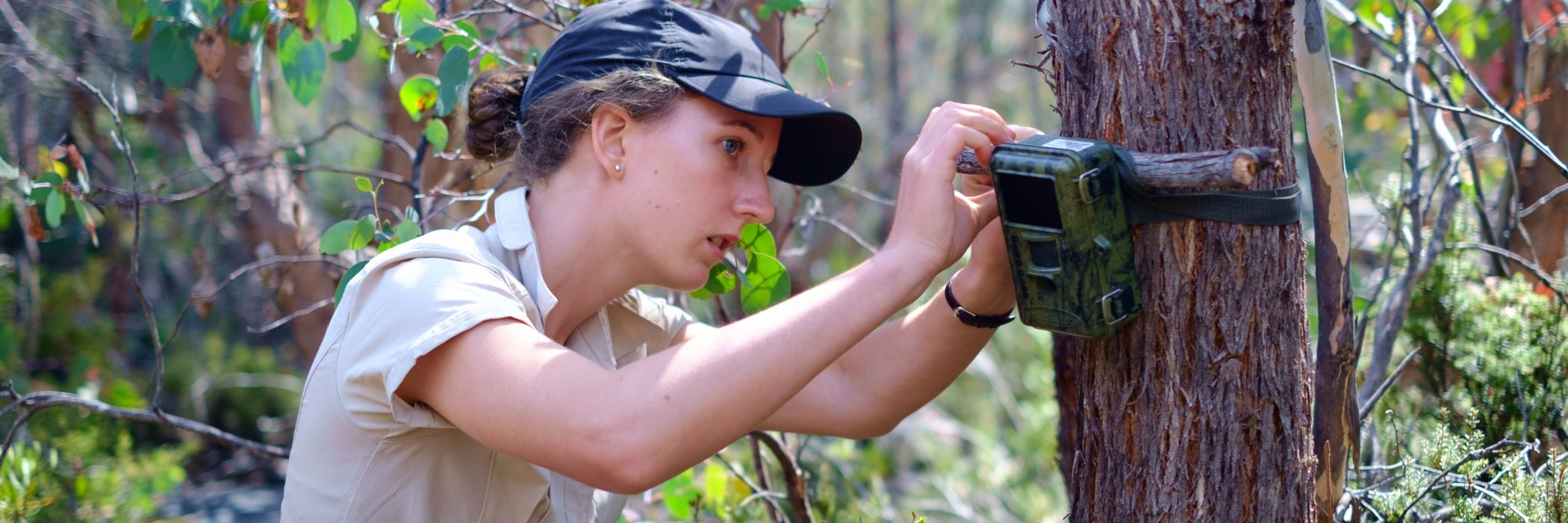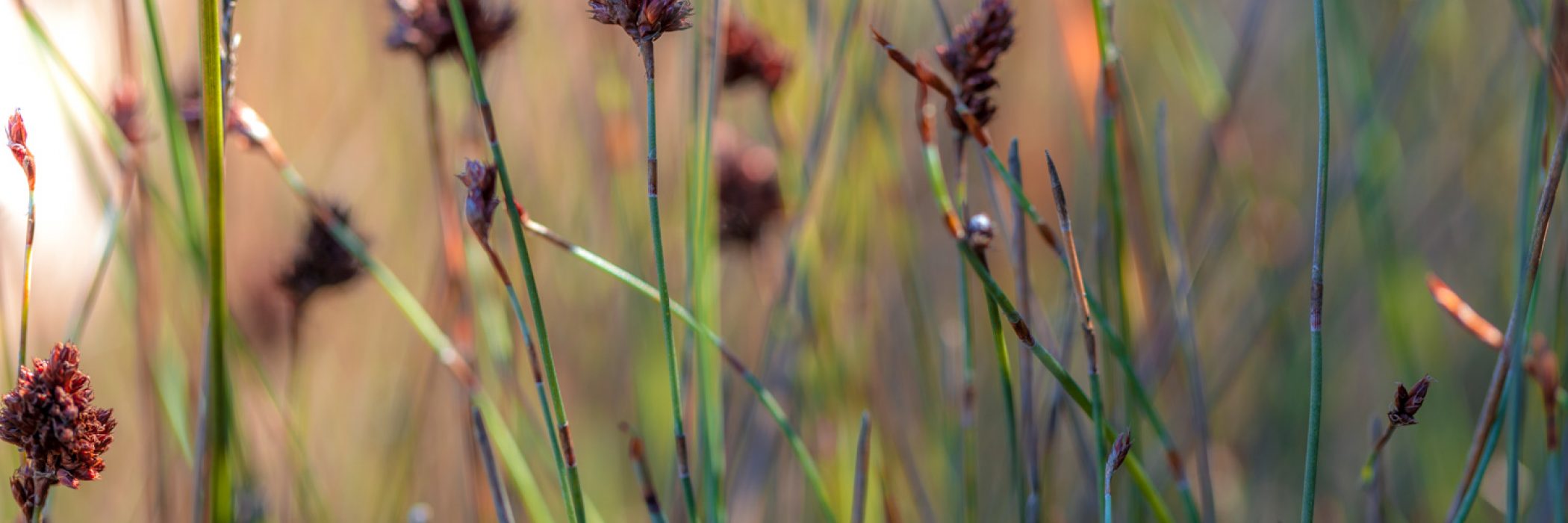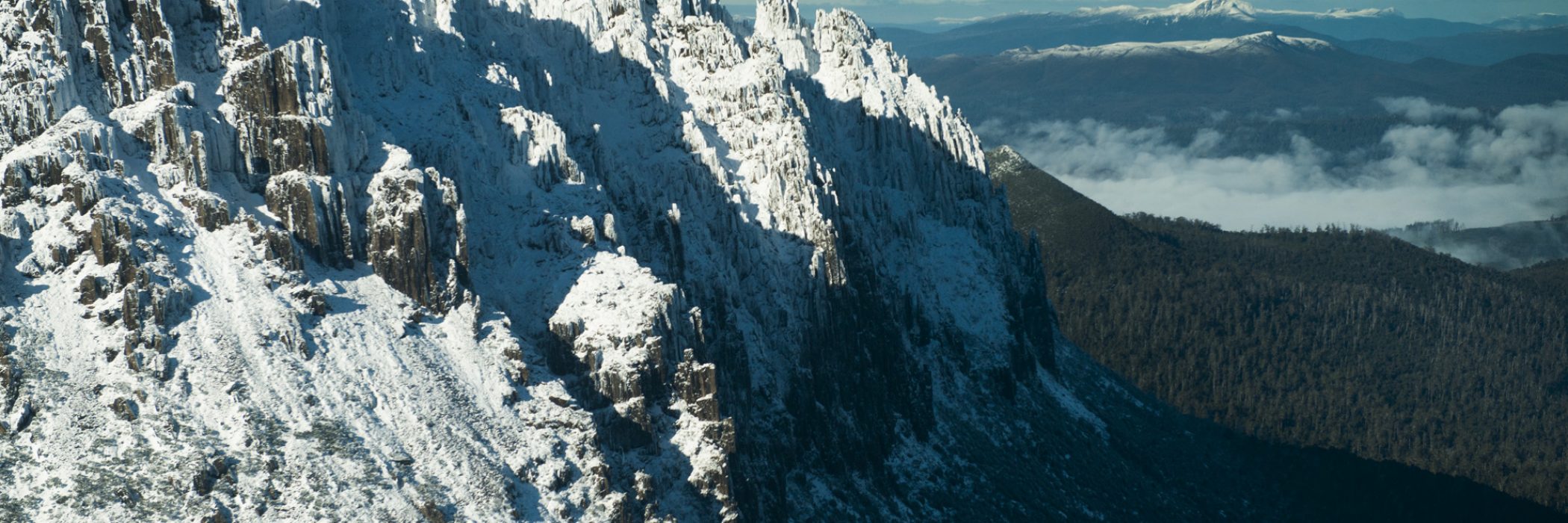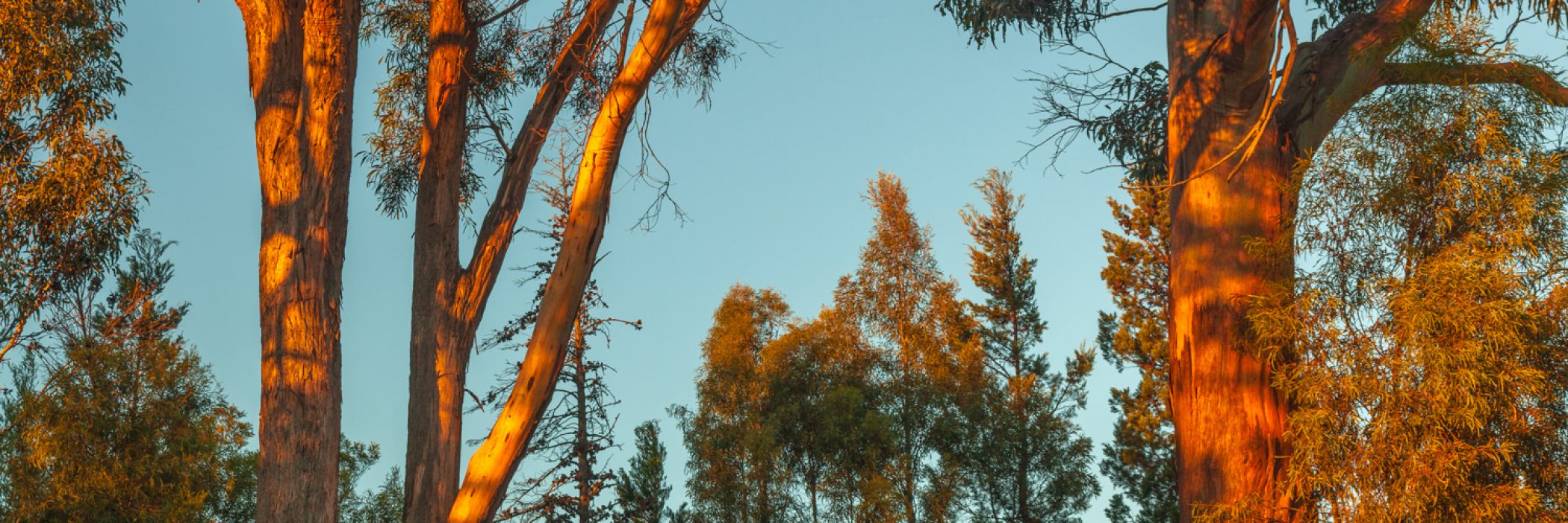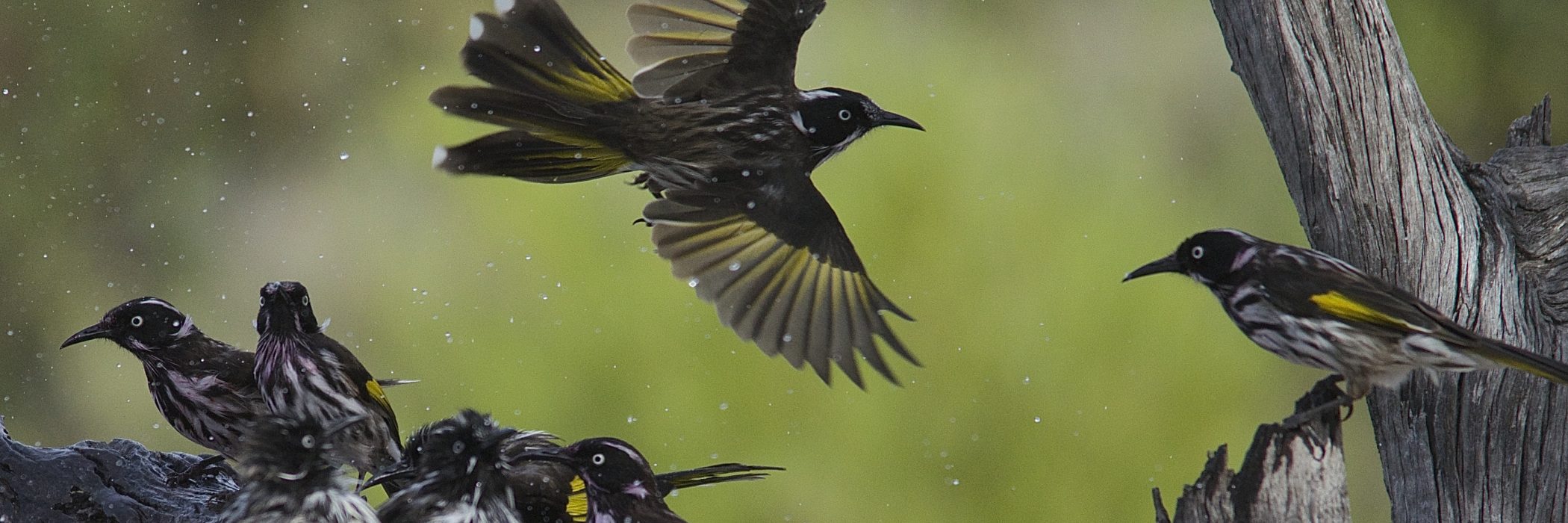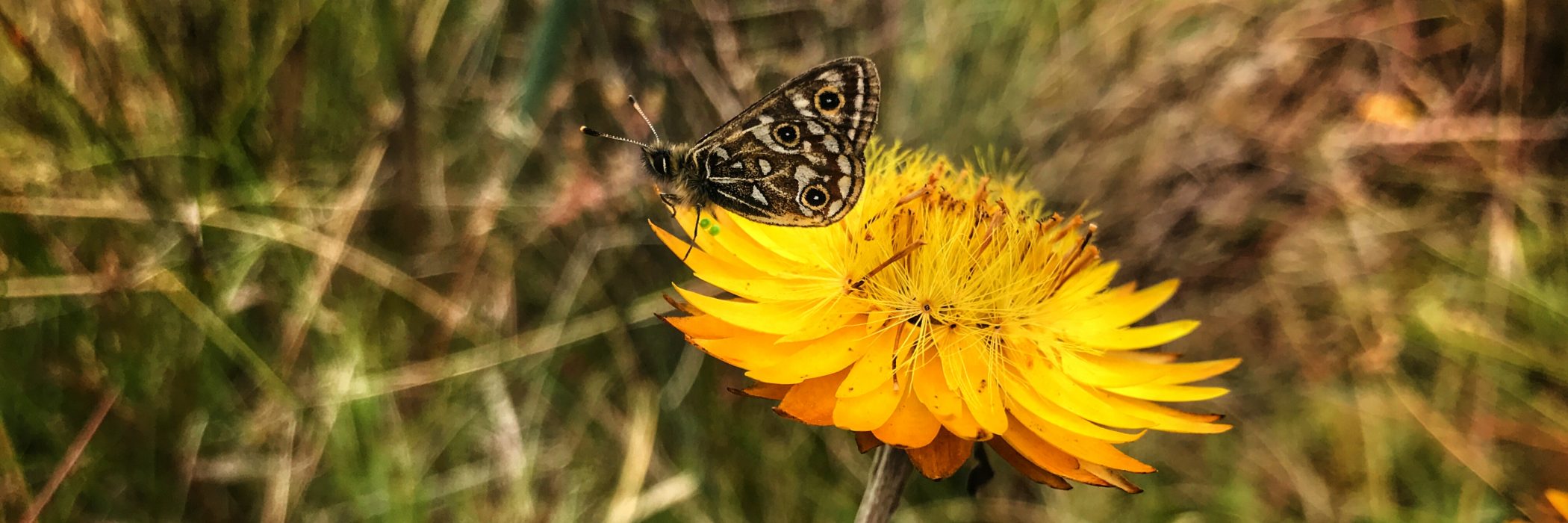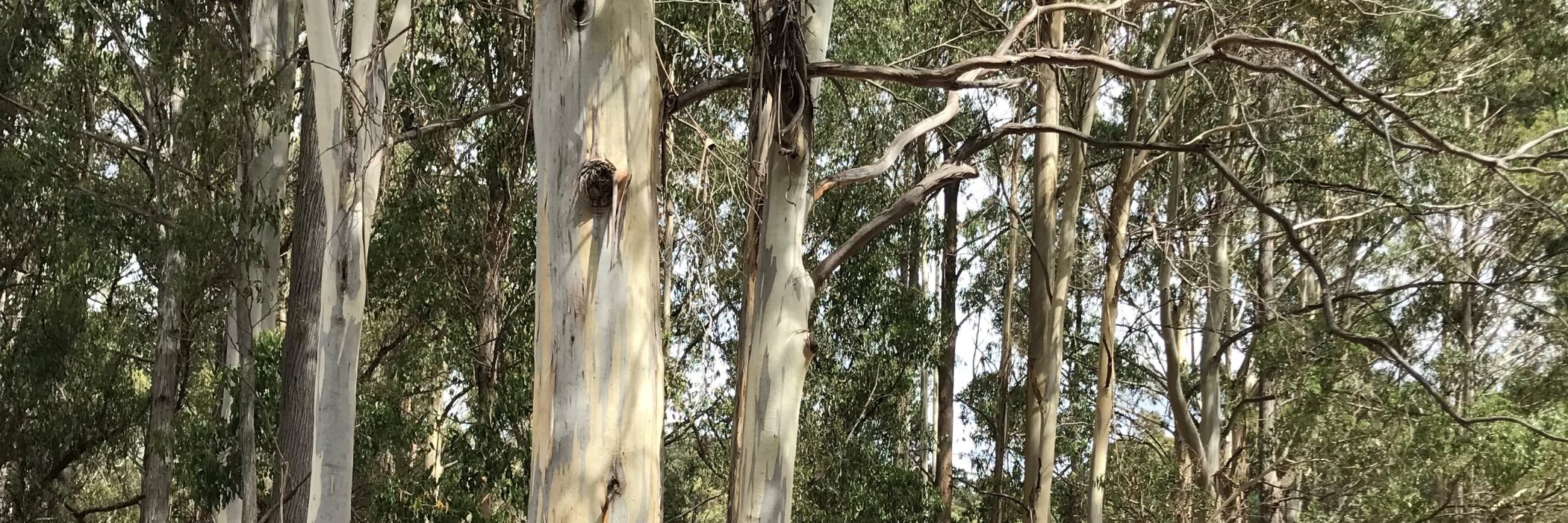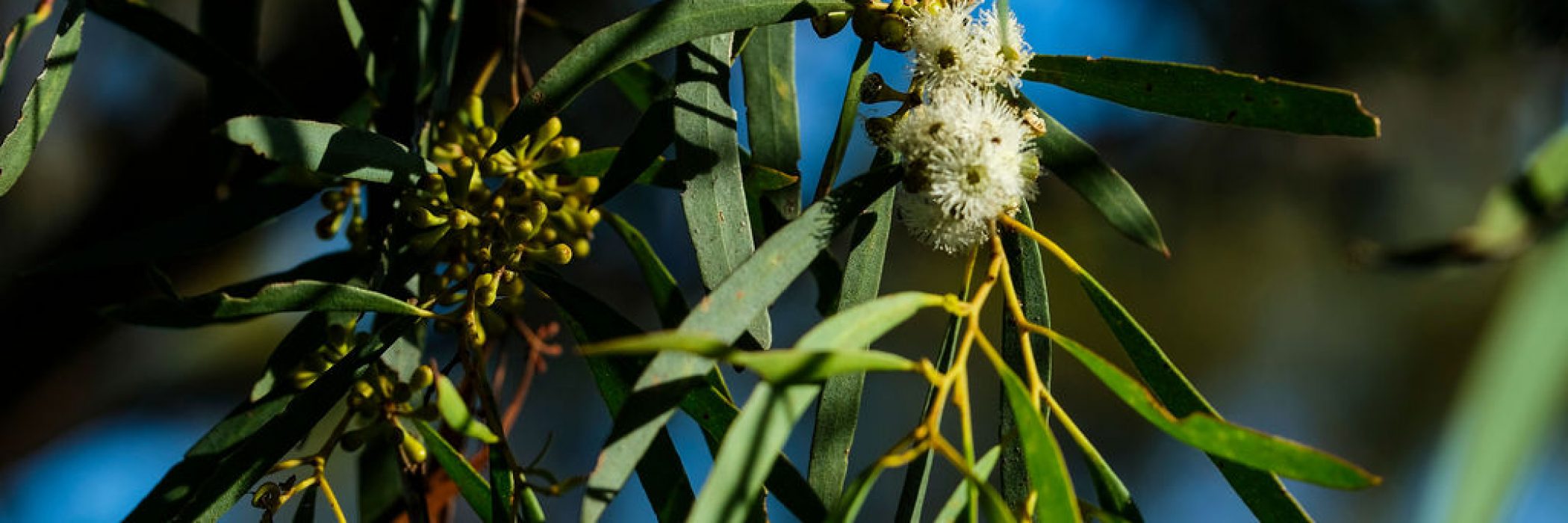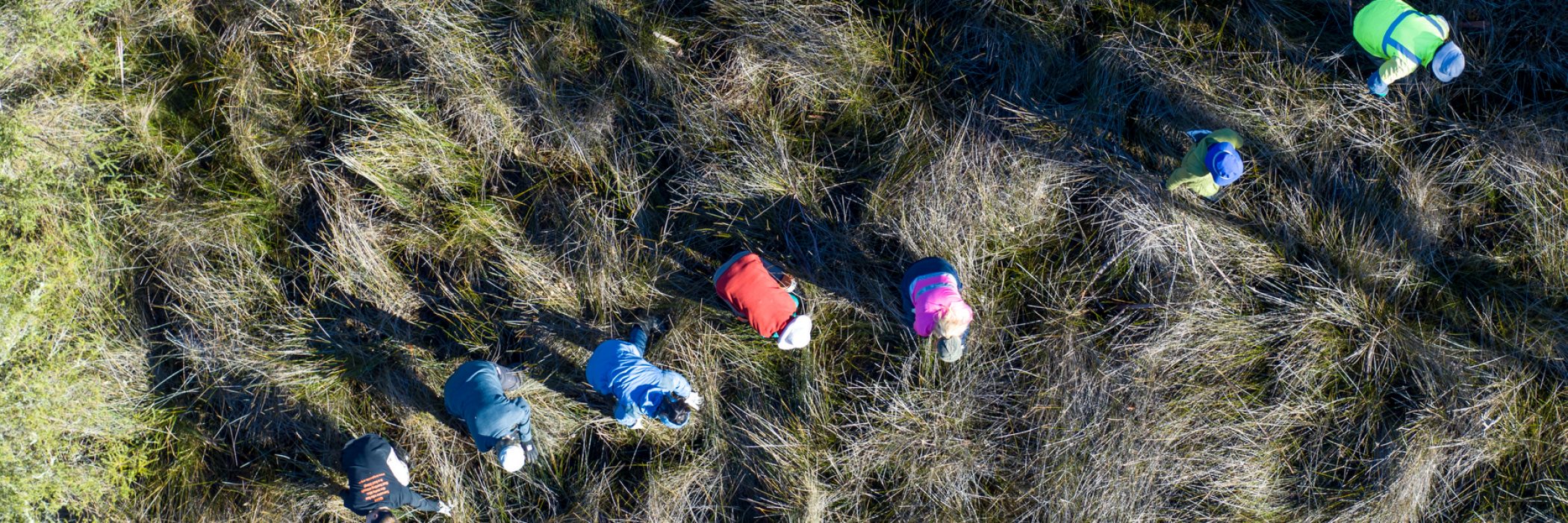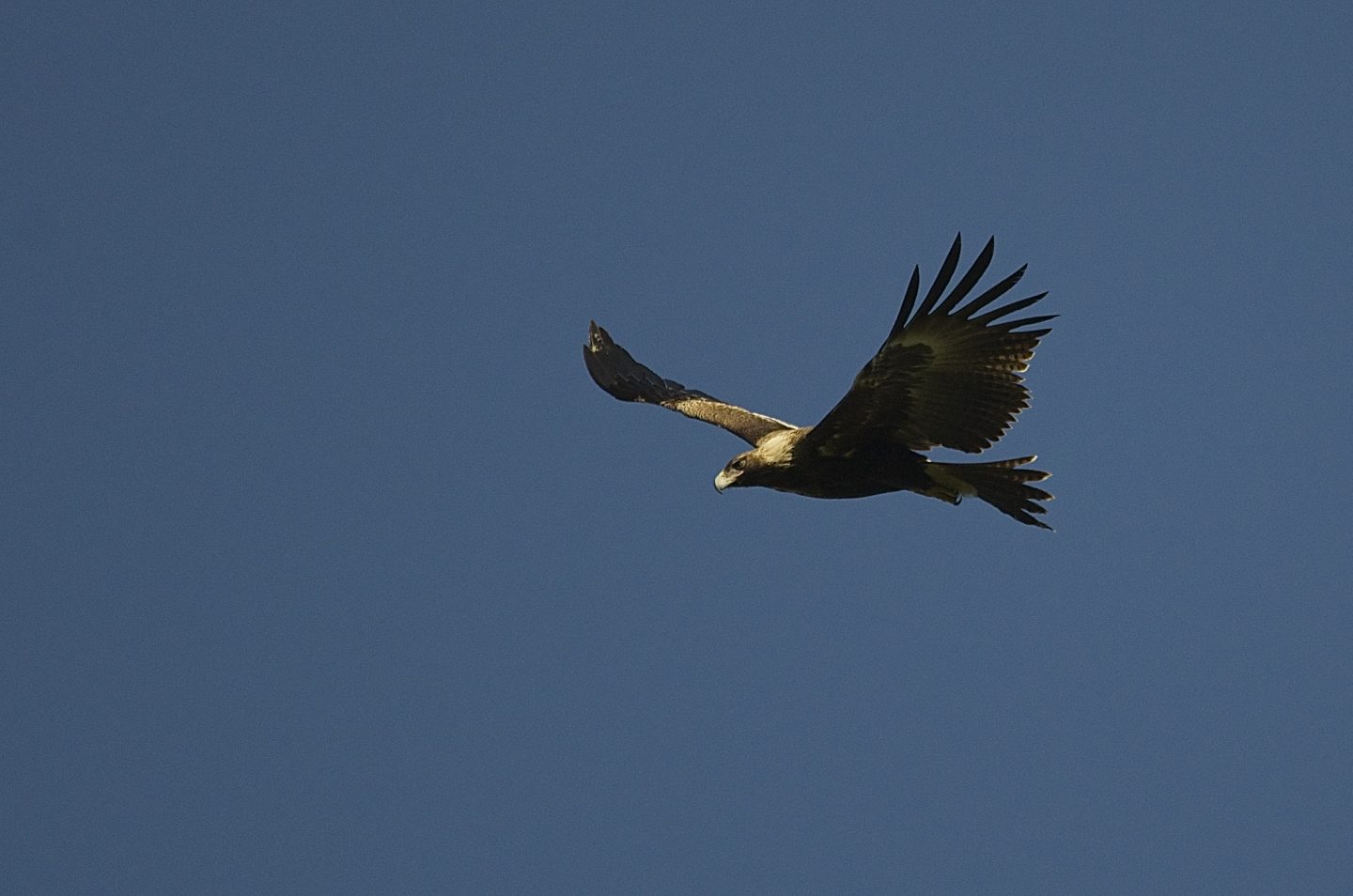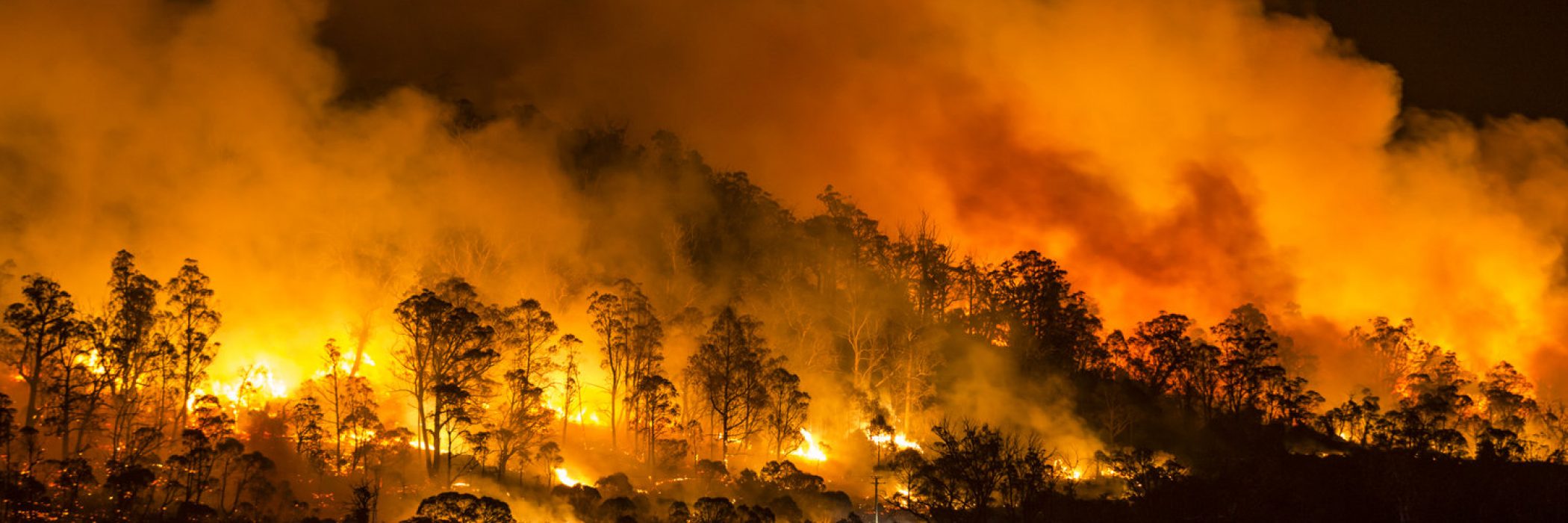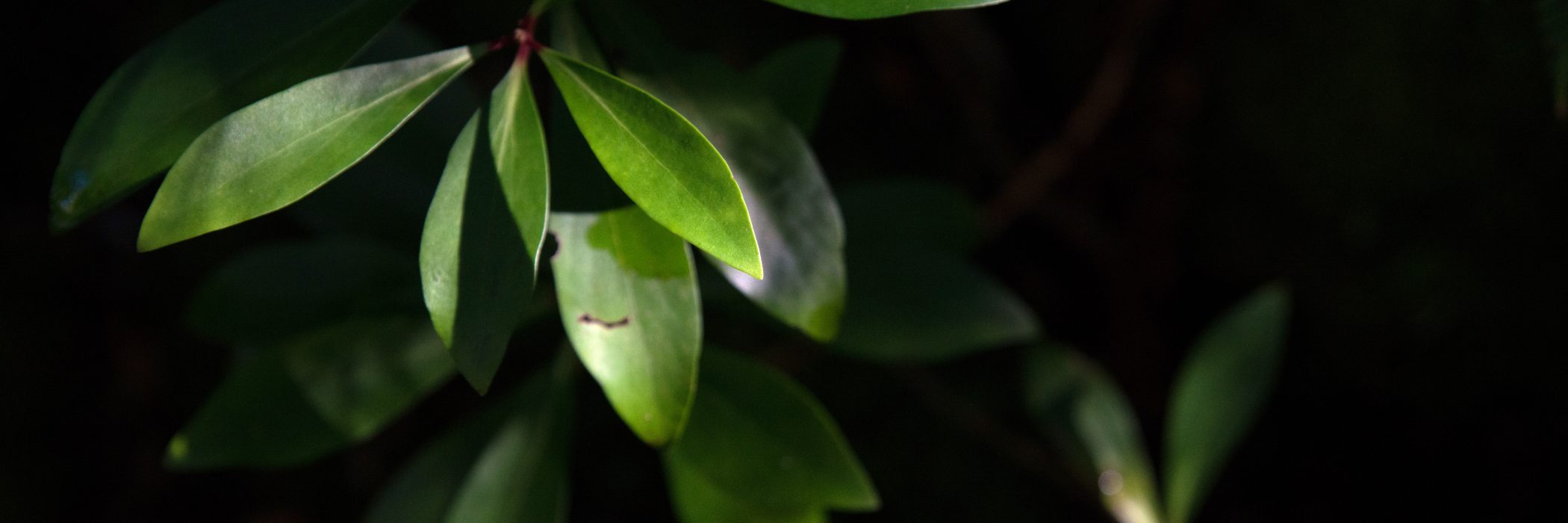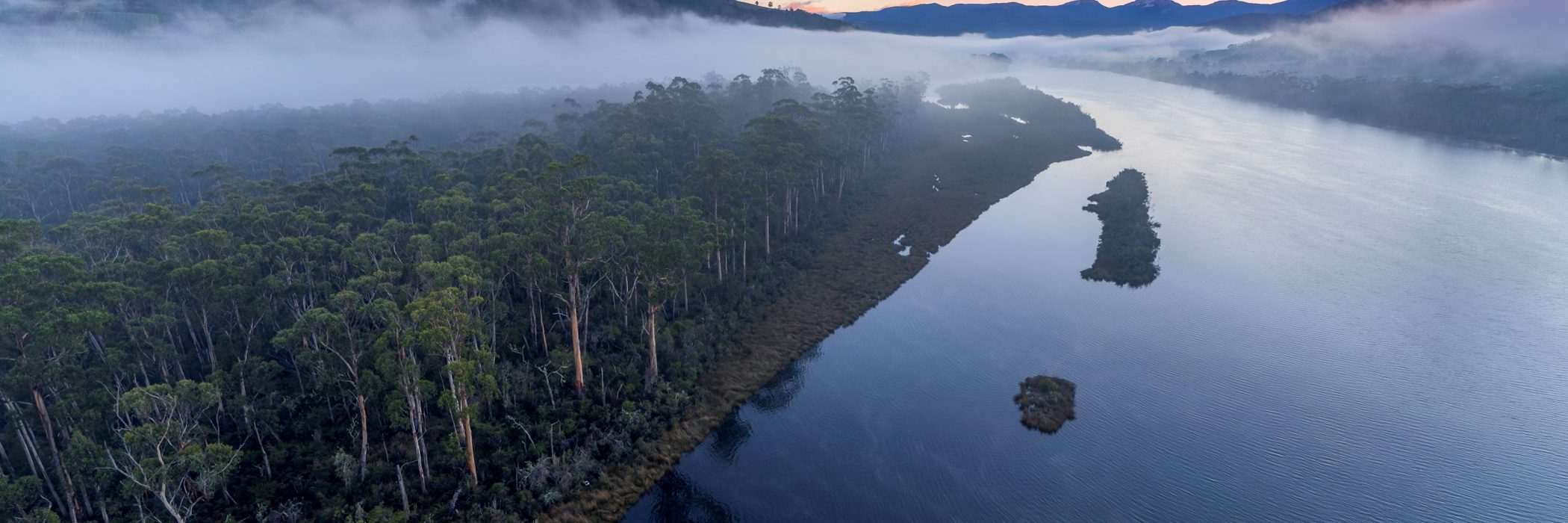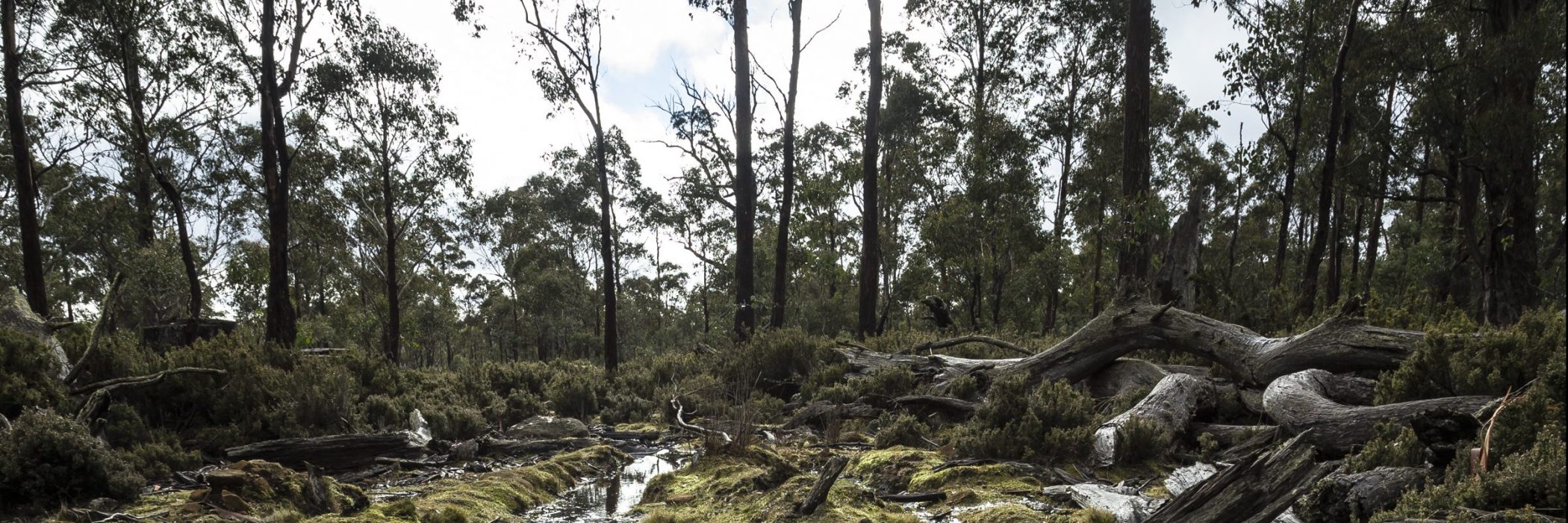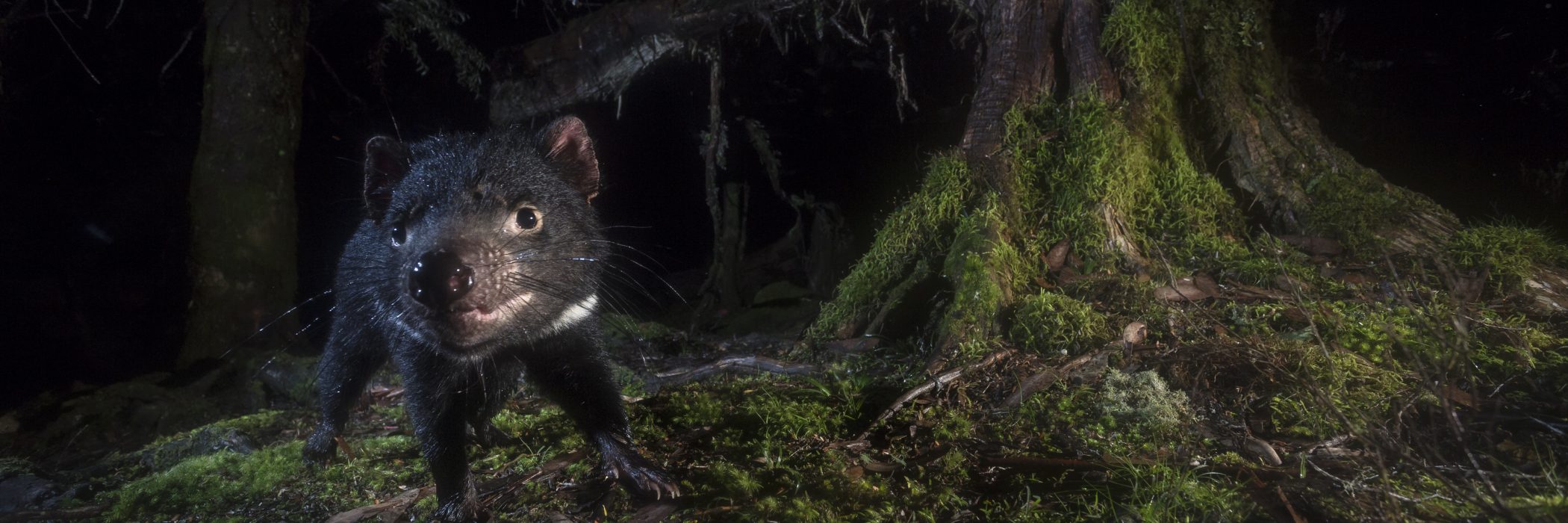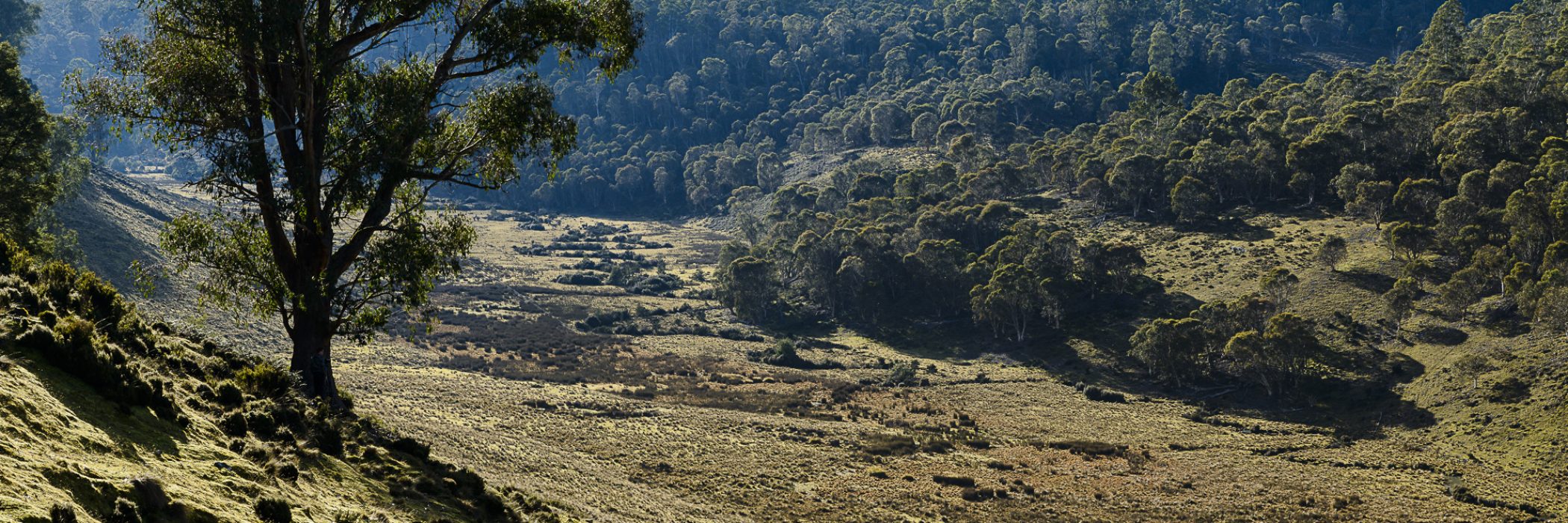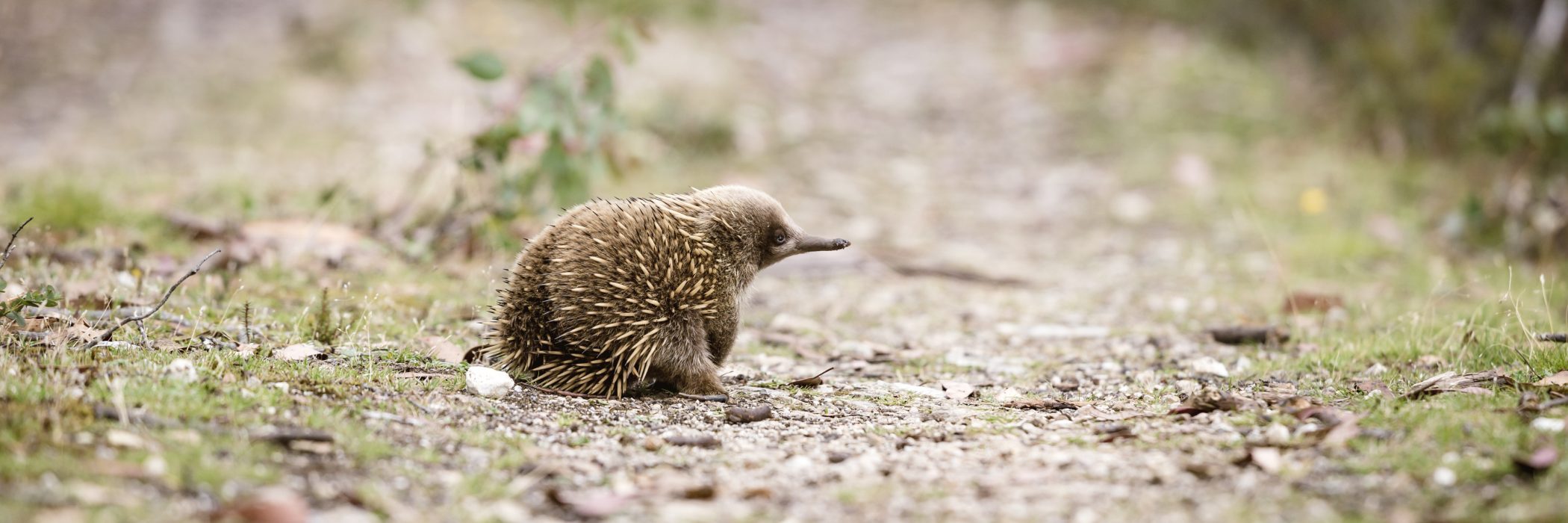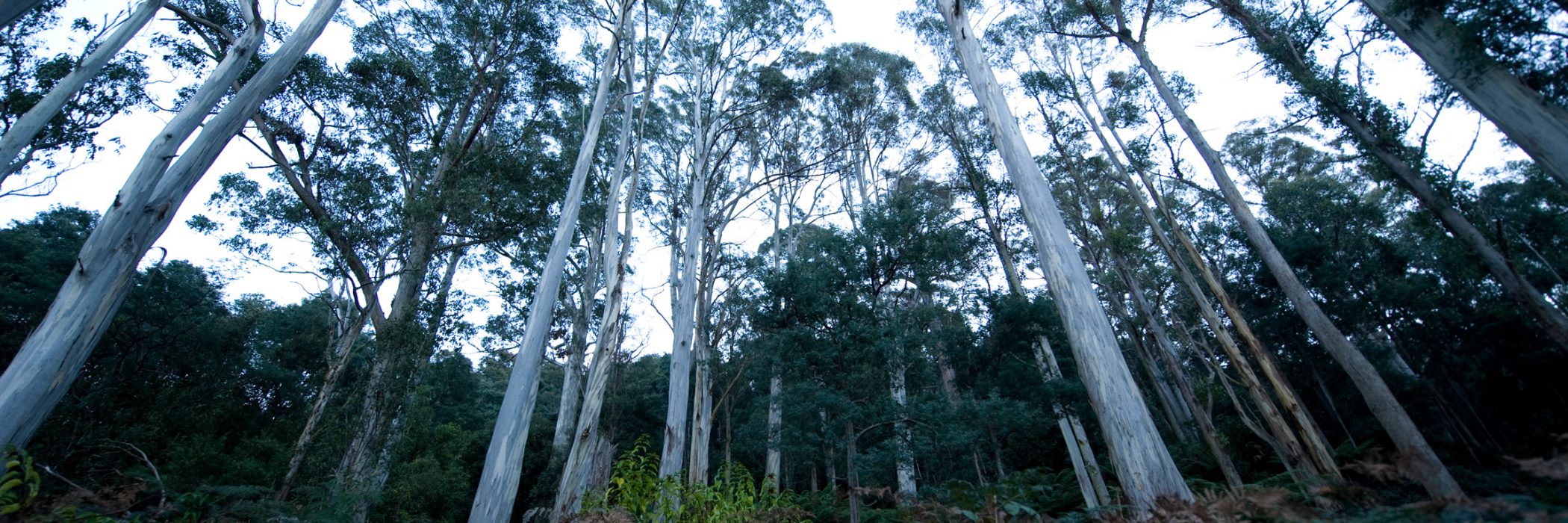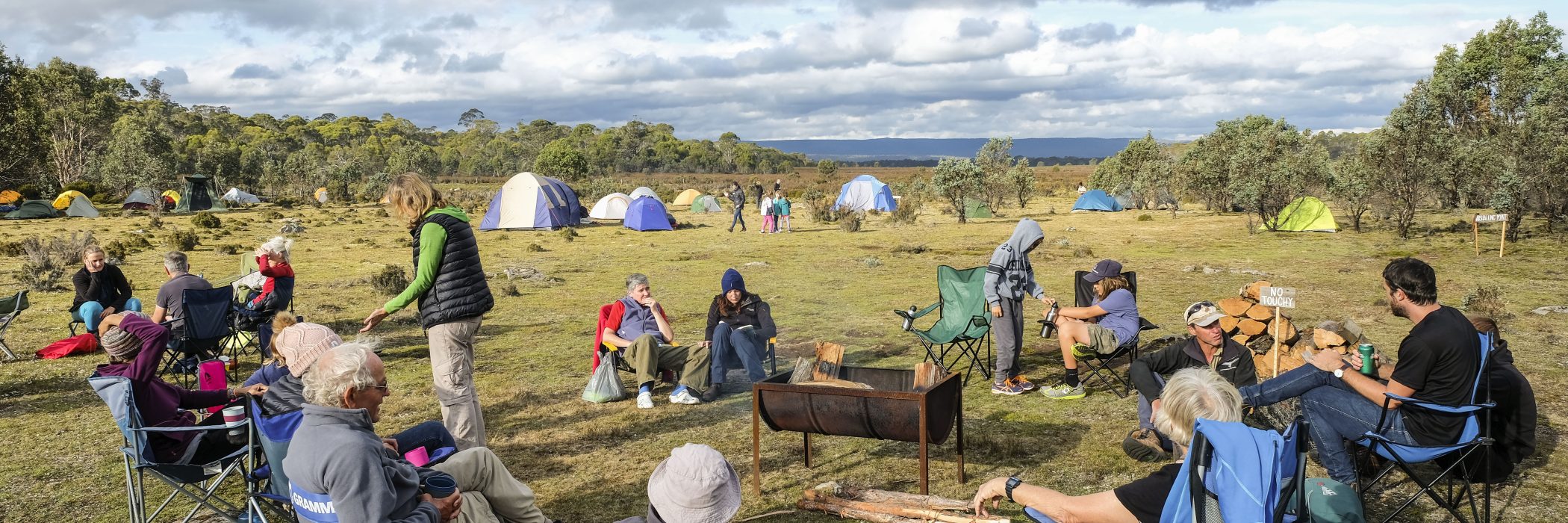An Important Contribution Recognised
New reserves, programs working with landholders and the many achievements of our community.
The importance of photography in protecting nature - opening the TLC's photography residency exhibition.
Everyone at the TLC congragulates Sib and Keith Corbett on receiving Medals of the Order of Australia for their service to conservation and the environment in this year's King's Birthday Honours.
Land for Wildlife Coordinator Phil Wise catches up with the Driven by Nature podcast and tells a host of exciting Tassie nature stories.
The last few months have seen exciting developments in the restoration of Long Point Reserve.
A significant grant is funding a large-scale TLC quoll research project.
Congratulations to former Head of Science, Dr Sally Bryant, appointed a Member of the Order of Australia.
Reflections on the 2022 Ecological Society of Australia Conference
Investigating drainage history to give a salt marsh a fighting chance in a climate-changed future
We are thrilled to announce that the redeveloped WildTracker website has been released into the wild at last and is ready to accept new participants.
On 6 August, Beaker Street Festival hosted their great debate in Hobart. The topic was, 'Your Keep Cup won't save you!'. Are you deluding yourself by thinking your individual actions can save the planet? Isn't personal responsibility a con when corporations and governments are the biggest culprits and the biggest drivers of real change?
The Tasmanian Land Conservancy recently helped to establish a new conservation covenant at Randalls Bay, in Tasmania's far south. The 28.5 ha parcel of land, owned by the Friends of Randalls Bay Coastcare Group (FORB), is rich in biodiversity, including habitat for the critically endangered swift parrot and other nationally threatened species.
Public reserves like national parks are not the only way to protect nature. Over the last 20 years, private land conservation has become important; currently, Tasmania has 920 covenants protecting more than 110,000 hectares of private reserves. James Hattam, CEO of the TLC, explains how private reserves work and why they matter.
We talk to the new owner of Mitchelmores Creek to find out what it's like to own a conservation property
February is fieldwork time, when the science team heads to the Vale of Belvoir Reserve
Freya McGregor makes a visit to the TLC reserve made possible by her Pa's bequest.
If thinking and writing about nature requires us to get our eye in, then I think this collection would be a tonic for anybody who had somehow got their eye out.
What learning to love a kelpie can teach us about landscape restoration
Black gum–Brookers gum forests have declined by up to 90% since European settlement - how are they faring?
The first task in monitoring and managing a reserve in the long-term is to select and establish a suite of diverse monitoring sites.
An update from the TLC science team on progress in the Silver Plains Quoll Research Project
Building relationships between conservationists and the Tasmanian Aboriginal community.
Working across the Great Pine Tier fire scar on Five Rivers Reserve with support from a WIRES Landcare Wildlife Relief and Recovery Grant.
It has been a monumental summer weeding effort across the TLC Central Highlands properties this year.
'...All the hills are rocky, but considered good sheep pasture, and in hollows and nooks there are patches, where abundance of sound feed grows, and the shelter of eucalypti, sheoak, cherry tree, honeysuckle, and wattle, also adopts it for pastoral purposes. In many directions clearing is altering the faces of the hills, which in time bid fair to be clean parklike sheep runs.'
Looking at the world through the transparent frond of a filmy fern, I was once again impressed by the intimate knowledge that covenant landholders develop of their land. Erik Bierens has lived in his forest at Golden Valley for over 30 years and doesn’t just know the story of every tree, but has identified the tiniest ferns, and many of the mosses and liverworts too.
Can active management restore habitat for critically endangered swift parrots within the next few decades, when they urgently need it?
More than 600 landholders across Tasmania, from diverse backgrounds, communities and landholdings, are making the ultimate commitment to protect nature on their land by entering into a conservation covenant.
As you first approach Tinderbox, you may feel its apparent shyness. However, with given attention, the shyness falls away. Attentiveness comes with time spent in an environment, along with an affection for the biotic community built on the strong foundations of an intact environment.
We sometimes have family members asking about making gifts to the TLC in memory of a loved one. Spencer Woolley was in touch earlier this year after his dad died, wanting to direct gifts in lieu of flowers to the Tinderbox campaign. After the funeral, we received some stories written by Spencer's late father, Ronald Gordon Woolley, and a poem, 'Why?'.
Nature needs our help now more than ever, and in 2020 we are determined to continue our work to conserve it.
On a farm in the Tasmanian Midlands, Simon Cameron is proving that conservation and superfine wool production can go hand-in-hand.
We at the TLC know how tough it can be when you can't get out into nature. So while Australia is staying home, we thought we'd suggest some movies that will take your mind to wilder places.
Along with everybody else, the TLC has had its activities affected by the COVID-19 virus. We are taking steps to help keep our staff, volunteers, landholders and the broader community safe.
Forty-two Tasmanian vertebrates and a vastly greater number of invertebrates rely on hollows for survival. Sadly hollow-bearing trees are under threat and good hollows are now rare in the landscape. Tree hollows take a long time to form, usually more than 150 years. Many species that use tree hollows have now been listed as threatened.
Silver Plains is one of the sites for a new alpine research infrastructure project that spans Australia.
TLC's Little Swanport Reserve recently received rave reviews from visiting Australian Plant Society Tasmania members.
The Cider Gum (Eucalyptus gunnii) is a true Tasmanian. Like the hardy Tasmanian primary school kids refusing to change from shorts to long pants in the middle of winter, this endemic eucalypt is specially adapted to living in cold and wet conditions.
A spectacular spiky black and white spiny spider (Austracantha minax) clinging in its a web caused some excitement.
At the Tasmanian Land Conservancy (TLC), our volunteers are ever-present in all that we do to protect nature. Volunteers are active across every program, in every team and at every reserve. Every campaign letter, every remote-sensor fauna camera, every pair of loppers, every office computer keyboard and every profit and loss statement have volunteer’s fingerprints all over them.
We always regarded our land at Little Swanport on Tasmania’s east coast as special, it was a playground for some of our children and grandchildren, where they explored the natural world, rode their horses, built cubby houses and helped gather the sheep that grazed there.
I was following a series of white posts along a barely discernible trail through the forest, often losing my way. A fine drizzle was making everything wet, and my shoes were sodden. Spider webs strung with droplets of water crisscrossed my route, and mist obscured the surrounding hills. Everywhere the sound of dripping water and the rustling of my wet weather gear.
Environmental conservation organisations often place a heavy emphasis on what can be seen. In Tasmania we need only look at how a single photograph by Peter Dombrowskis mobilised an entire generation to stand up for the Franklin River. Or how iconic images from Olagas Truchanas helped raise the public awareness of Tasmania’s south-west wilderness areas.
The life of a zoologist (that’s someone who studies animals, not someone who studies zoos!) isn’t all selfies with cute and fluffy critters. Picking zoology as your career typically means you’ve signed up for working antisocial hours while being bitten, stung, scratched, weed on (or worse: much, much worse) and parasitised by all sorts of creepy crawlies while trying to find your animal of interest.
When Rob McKay and Brenda Joliffe moved to take up jobs in Tasmania, their friend (a financial planner by profession) said, “Don’t go buying the first property that you lay your eyes on”.
The 2019 theme for International Women's Day this year is ‘Balance is Better’. More and more, we are seeing that gender equality is expected in our workplaces - across business and government, on boards and in politics.
It seems to start with a problem that needs solving: voracious weeds, injured wildlife, crumbling cultural heritage.
Since December 2018, over 100,000 hectares of land has been burnt across Tasmania by bushfires caused from thousands of dry lightning strikes.
Sonia Singh was working as a scientist and science communicator for the CSRIO in Hobart before her talent as an artist and penchant for recycling went viral on the internet.
Human legacies linger amidst a thriving sanctuary for threatened plant and animal species at the Tasmanian Land Conservancy's (TLC) Egg Island Reserve, located midstream in the Huon River.
I was on a search for the stillness that comes from being in a landscape like Silver Plains. This is where my story began.
Providing essential habitat and security to some of Tasmania's most endangered animals is just one of the reasons the Tasmanian Land Conservancy (TLC) believes passionately in securing long-term protected reserves.
Since European settlement, land clearing, grazing, urban development, changed fire regimes, agriculture and irrigation have all impacted Tasmania’s ecosystems. Human activity has reduced and fragmented the habitats of our native plants and animals.
Our ancestors have carefully examined nature and its intricacies for thousands of years. The desire to understand the environment around us is innate – the effects and infiltration of it into our lives undeniable.
Few places have had as much of an influence on the global conservation movement with as little recognition as the Liffey Valley, located in Tasmania’s central north.
Warm laughter and song rises, mingled with soaring sparks fleeing a scattering of fire pits. Festoon lights swing in the breeze, animating long shadows to dance against an illuminated forest backdrop. Children wildly run in and out of the brightly coloured marquee and crowd, who reactively reel, cradling their drinks and plates of food-truck fare closer. Sounds more celebration than conservation but it is assuredly both.



